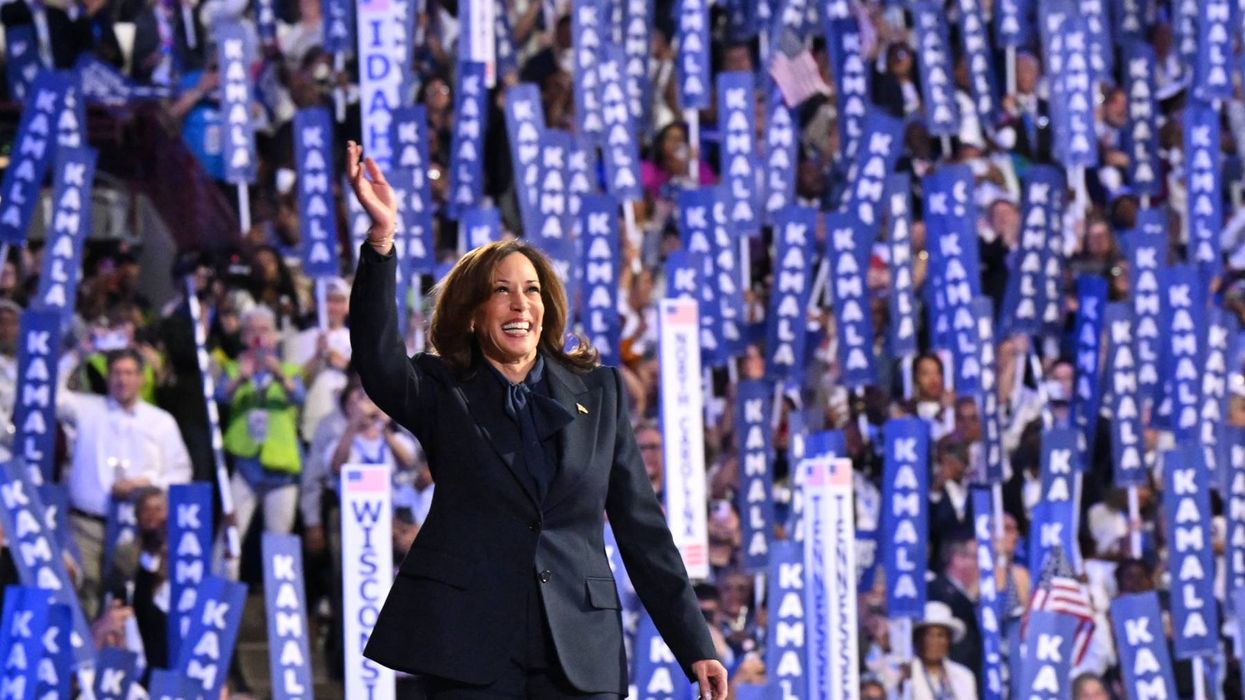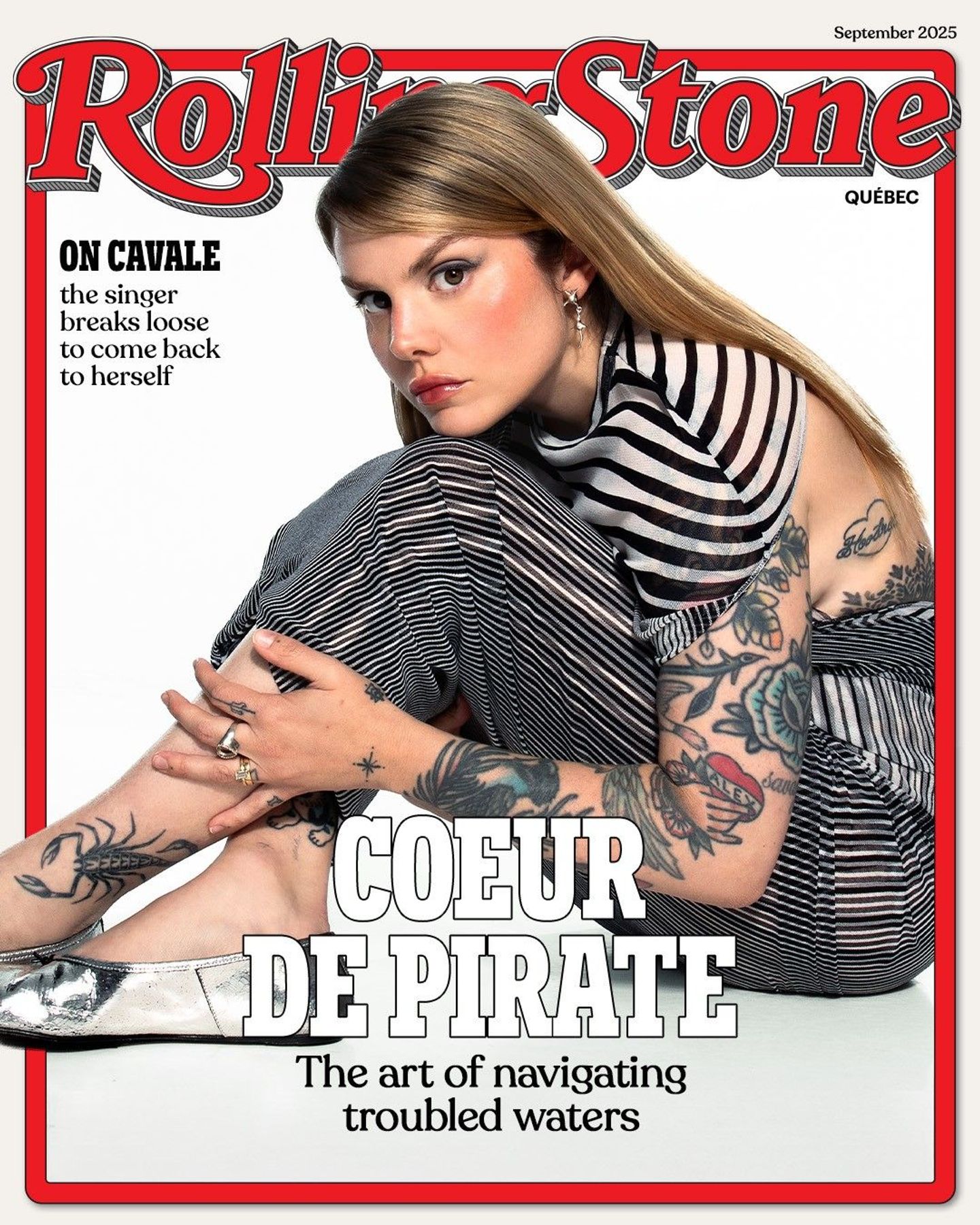During the weekend of July 30, 2004, moviegoers had a choice between two high-profile new releases: The Village, the latest twisty entry from M. Night Shyamalan; and the Jonathan Demme-directed remake of the political thriller The Manchurian Candidate starring Denzel Washington and Meryl Streep.
Oh, and one other contender opened that day, too: Titled Harold & Kumar Go to White Castle, it was a lowbrow, zero-frills comedy centered on two friends in New Jersey who, in a single night that turns from mild to wild, seek out their favorite burger joint to satisfy their munchies. (As Kumar puts it, “I want something different that will really hit the spot. I want the perfect food.”) But these friends weren’t the prototypical white bros glorified in every comedy of the time. Harold was Korean American. Kumar was Indian American. And the actors playing them — John Cho and Kal Penn — were semi-obscure at best. Despite solid reviews from the likes of Roger Ebert and A.O. Scott of The New York Times, the movie promptly fizzled at the box office with a paltry $5 million opening weekend.
That should have been the end of the story. Except the same audiences that ignored Harold & Kumar Go to White Castle in theaters found it on video and DVD and devoured it. The guys’ winding journey to complete a very simple task — get burgers — featured hilarious detours of all kinds. At a Princeton University stop, Harold and Kumar must hide in a bathroom stall where they’re forced to listen to beautiful twin coeds engage in a gross contest of “battle shits” on the toilet. At another point, a rabid raccoon sneaks into their car and bites Harold. After Harold’s car breaks down in the woods, the guys get a lift from a grotesque and deranged tow-truck driver nicknamed “Freakshow.” They pick up a foul-mouthed, perverted hitchhiker who happens to be Doogie Howser himself, Neil Patrick Harris. More notably, the movie subverted the long-cultivated racial stereotypes often seen in broad comedies. Yes, Harold was a whiz with numbers, and Kumar had a fast track to medical school. They’re also relatable twentysomethings desperate to defy others’ expectations and get more out of their lives.
“The success starts with these two characters,” says Jon Hurwitz, who wrote the screenplay with his friend Hayden Schlossberg. (The duo later co-created Cobra Kai.) “People just connected to these underdogs. This is a movie where the stakes were, Will they get these very specific hamburgers? And yet you cared about this quest for 90 minutes because the guys were so accessible.” Harold & Kumar spawned two sequels, 2008’s Harold & Kumar Escape From Guantanamo Bay and 2011’s A Very Harold & Kumar Christmas. And it remains so beloved that Penn reports two presidents — of the United States — have personally told him that they’re fans.
To celebrate the movie’s 20th anniversary, we conducted interviews with several cast members and behind-the-scenes talent for an oral history packed with never-before-told anecdotes, surprising casting wheeling-and-dealing, marketing controversies, and preliminary plans for Part Four.
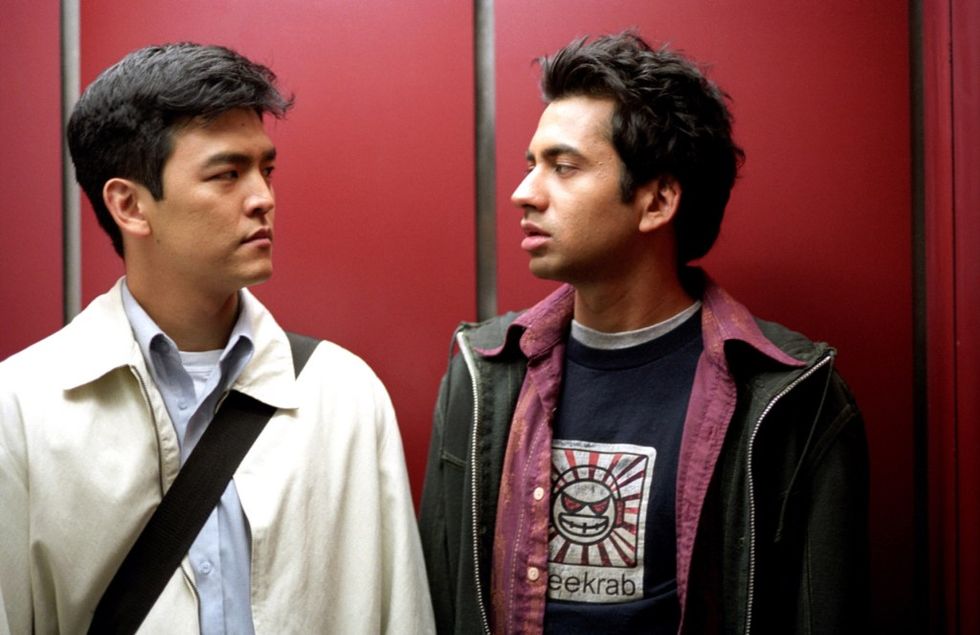
Part 1: The Screenplay
Hollywood upstarts Hurwitz and Schlossberg — whose friendship dated back to their high school years in Randolph, New Jersey — had already sold a few scripts but were still trying to make a name for themselves in the industry.
Jon Hurwitz: Early in our screenwriting career, we consistently included characters named Harold and Kumar because our friends were like Harold and Kumar.
Hayden Schlossberg: They were based on kids we knew. We came from a high school where there were a lot of East Asian and South Asian students. We became really close friends with them. One was named Harold Lee. And we had a really good friend whose younger brother was named Kumar. But this was more of an inside joke for us.
Hurwitz: After writing them into all of our scripts, we said to ourselves, “Wouldn’t it be awesome if Harold and Kumar were the center of the movie instead of just the friends?” We hadn’t seen those types of characters onscreen very often. Their parents may have been immigrants, but they were straight-up American.
They decided to adhere to the ultimate screenplay credo: Write what you know.
Hurwitz: In terms of Harold & Kumar Go to White Castle, this was the lifestyle Hayden and I were experiencing in Hollywood. We were young, we’d work all day and then go and search for inexpensive, delicious food late at night. One night, we were looking everywhere for the perfect Boston cream doughnut and went on a late-night adventure in L.A. looking for it and wouldn’t stop until we got it. And yes, we were stoned that night. We thought there was something fun and relatable about that.
Schlossberg: White Castle was perfect. We wanted a chain, we wanted it to be real, and we wanted the restaurant to be spread out enough so it’s not just 10 minutes until you find the next one, like a McDonald’s. What we didn’t realize at the time was that White Castle embodied this late-night stoner-drunk destination.
The pair started writing the screenplay together in 2002. The first draft was finished in just two weeks.
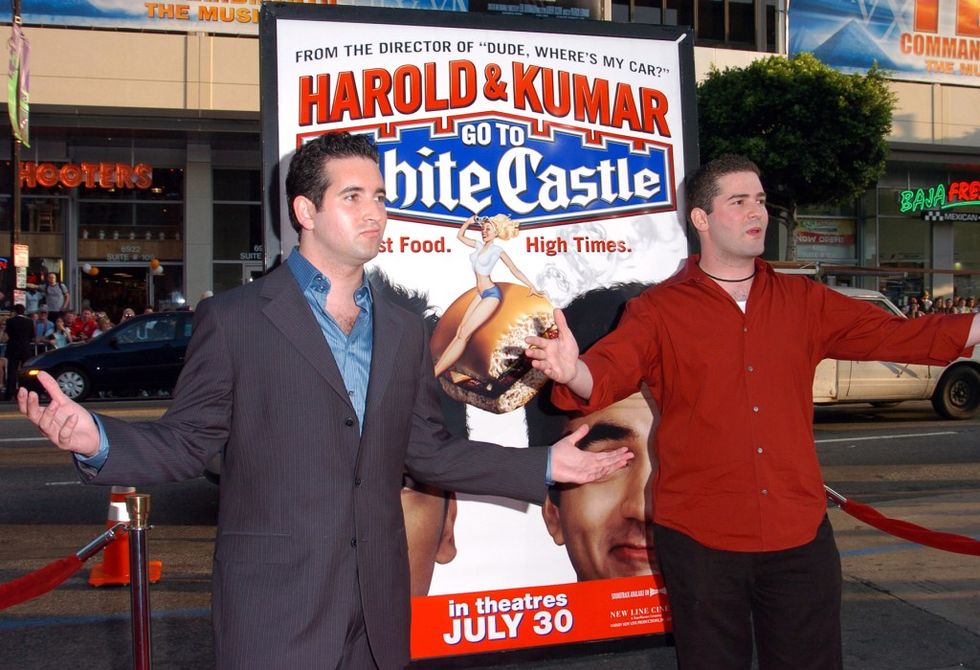
Schlossberg: We wrote the first draft in a very stream-of-consciousness way in a very short period of time.
Hurwitz: It spilled out really quickly. We were just writing things that we found funny and were going for big laughs while having characters that you were emotionally invested in.
Schlossberg: The second draft was more tailored and planned out. We sent it to our agents as a writing sample. But the moment they looked at it, they gave us a call and said, “This is it.” Their thought was to let people read it without any pressure to buy. And we started getting all sorts of calls. Like, “Hey, is anyone producing this?” That started a frenzy.
Nathan Kahane (producer): I had a small production financing company and was just starting out. My agent calls me and says, “I want to send you one of the funniest scripts I’ve ever read. You should know these writers, but it will never be a movie.” I read it over the weekend and called my agent back and told him that I didn’t agree with him and wanted to buy the movie.
Greg Shapiro (producer): I wanted to come on as a producer, and the only financier who wanted to do it was Nathan. I said to him, “If you’re going to make this movie, I’m producing it.” I understood the movie on the first bounce. All these comedies were made mostly for white kids; this was such a novel approach and it was super, super funny.
With the money secured, the guys needed a studio for distribution. New Line, known as “The House that Freddy Krueger Built,” rang the bell.
Luke Ryan (director of development at New Line; executive producer): I was a junior executive, and I was there when the script came in. This was the first movie I really went to bat for. I thought it was incredibly fun and emotional. The comedy was absurd, but there was truth at the center of these friends’ discussions and race and stereotypes. So I really had to lobby with [studio president] Toby Emmerich and [CEO and founder] Bob Shay. Toby sent me an email because I was advocating so hard and said, “Do you really want to fall on the sword for this?”
Indeed, despite the mega-success of raunchy comedies like There’s Something About Mary and the American Pie movies, studios were reluctant to greenlight R-rated comedies.
Ryan: There was a cynical studio wisdom that if you were making an R-rated movie, you were cutting off a lot of your paying audience because a PG-13 crowd would get more people in theaters. So New Line’s argument was “R-rated comedies are a risk as is; how the hell are we going to sell an R-rated comedy when the chips are down against us anyway with two unknown minorities in it?!” My argument was, “What the hell do you think Cheech & Chong is?” I knew Tommy Chong was actually half-Caucasian, but I knew they didn’t know that. That seemed to work.
Hurwitz: This was the opposite situation of anything that happens in Hollywood. Literally we wrote the script and started getting calls and sold it. The studio only requested a few small rewrites. They brought in the director [Danny Leiner, from Dude, Where’s My Car?]. It was the fastest experience!
Part II: Casting
Though hundreds of actors auditioned for the titular roles, two stood out from day one.
Schlossberg: When we introduced the characters in the screenplay for Harold & Kumar, we underlined “Do not have accents.” We didn’t want the reader to think these guys were foreign-exchange students.
Hurwitz: John was hilarious in this limited role in American Pie, and it was the first time we had seen somebody who was an Asian American without an accent who was similar age to us.
John Cho: My friend Eddie Kaye Thomas was in an independent film, and I went to a screening of it. Jon Hurwitz was there with a paper script and said, “We have this movie written with you in mind.” In my memory, I really did go home with a paper script. I read it and couldn’t believe that one of the protagonists in the movie was named Harold Lee and he wasn’t a caricature.
Kal Penn: There’s an area at the Grove in L.A. where you can have beer. So I was sitting in this outdoor area with my friend who was a producer’s assistant, and he said, “I want you to meet my friend Jon Hurwitz. He wrote a script he wants to talk to you about.” I was apprehensive, because the only time anybody ever said anything like that to me was if I were playing a caricature. But Jon and I started talking New Jersey — basically its own ethnicity — and then he sent me the script. I printed it out on a very slow dot-matrix printer in my apartment. I called him immediately after I read it because I laughed my ass off.
Schlossberg: Every time I come across an Asian actor in their forties, they’ll tell me that they auditioned for Harold & Kumar. I knew that Eugene Kim [I Think You Should Leave] auditioned for Harold. I know Vik Sahay [Chuck] auditioned for Kumar. But even though every actor read for it, John and Kal still came out on top.
Penn: We were paid a gross of $75,000. But then I had to pay the agent, the manager, the lawyer, the publicist, and taxes. So whatever was left was like three months of rent in L.A.
Cho: We were rich for one week!
Hurwitz and Schlossberg’s screenplay also featured a cameo appearance by the star of one of their favorite childhood series.
Schlossberg: We loved the idea of Harold and Kumar picking up the most random celebrity in the middle of the night. We weren’t getting Tom Cruise, so we were like, Who is somebody famous that we could get? Jon and I were big Doogie Howser M.D. fans. We both come from families that put the pressure on us to go to the best college possible, and Doogie Howser represented the best student in America. And we loved the idea of Neil Patrick Harris creating this persona of him that’s nothing like Doogie.
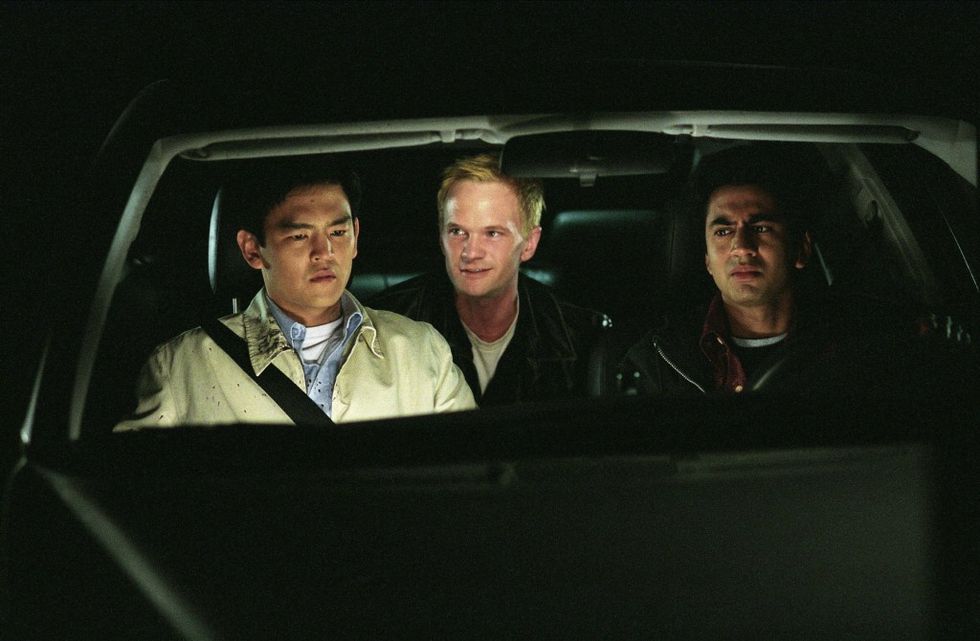
Neil Patrick Harris: I read the script with one hand covering my eye and shook my head at the depiction of who these writers thought I was. So we met in New York City, and they were incredibly nice and generous and authentic.
Hurwitz: In my memory, our director Danny visited him in New York. Neil’s big thing was that in the credits, he wanted to be “Neil Patrick Harris” and not billed as himself. He was playing a character named Neil Patrick Harris.
Harris: It was very surreal that this Neil Patrick Harris was stealing cars and going to strip clubs! I also wanted to make sure that people weren’t going to improvise any lines and roast me or that I’d be the butt of people’s jokes. The script couldn’t be a framework.
Hurwitz: We were thrilled he was onboard. Number two on our list was actually Ralph Macchio, who we now work with on Cobra Kai.
The character of Maria, who was Harold’s pretty neighbor and unrequited love interest, was played by newcomer Paula Garces.
Paula Garces: I read the script and couldn’t stop laughing from beginning to end. And as a Latina actress, I was very excited that I was being considered for this part of a girl that would basically inspire Harold and Kumar to go on this adventure. I wanted that part, so I auditioned the old-fashioned way and sent in a tape. I felt very lucky that I got it.
Other key roles went to a mix of recognizable actors who didn’t have to audition, such as Eddie Kaye Thomas (Rosenberg), David Krumholtz (Goldstein), and Christopher Meloni (Freakshow).
Eddie Kaye Thomas: I was not shocked that the first straight offer I ever got was for the Jewish guy who smokes weed all the time.
Christoper Meloni: I was in the middle of shooting Law & Order: Special Victims Unit. And my agent called me and said that I was being offered a comedy that would require prosthetic makeup and my character’s name was Freakshow. I was like, “I think we just hit the trifecta!”
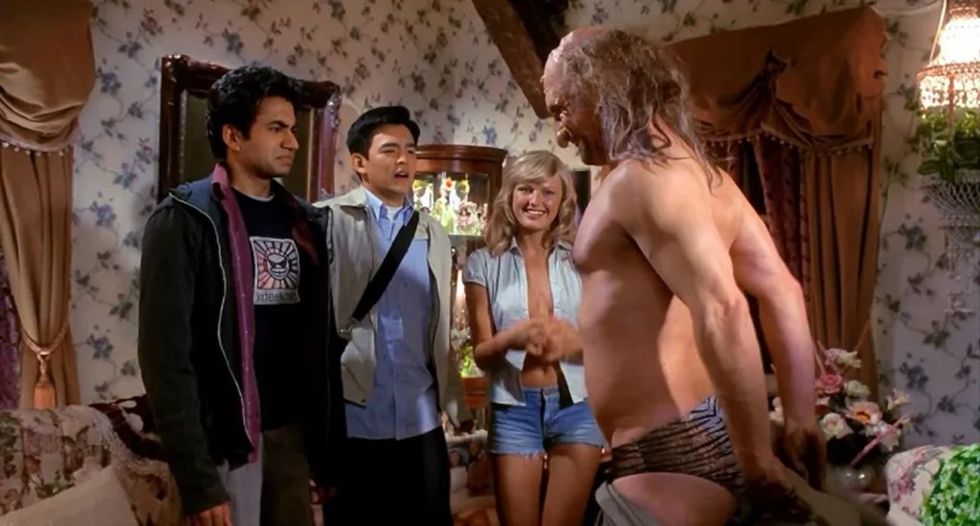
But before production could start, the team had to clear one more casting hurdle with the studio.
Kahane: When we got the call from New Line, they had one caveat: Because we were casting unknowns, they wanted us to get three cameos in the movie so it felt like a fuller theatrical experience.
Ryan: This is accurate. It’s one of the realities in how movies get made. There was a list with several people on it, and they needed to get three people from the list.
Schlossberg: For whatever reason, these were actors with a level of stardom that Hollywood deemed worthy to get a green light.
Kahane: Danny, Jon, Hayden, Greg, and I got together and were like, Who do we know? Very quickly, we got Anthony Anderson [to play the guy working the drive-through at the fast-food joint that used to be a White Castle]. He was in a Farrelly Brothers movie [Me, Myself & Irene]. Then we got Jamie Kennedy [who pees next to Kumar in the woods]. Then we met with John and Kal, and Kal was like “I made this movie called Van Wilder with Ryan Reynolds …“
Penn: Ryan was incredibly supportive during the audition process for Van Wilder. In the final callback, it was between me and a white dude in brownface for the part of an Indian exchange student. He said to me, “How do you feel about improv?” So we improvised the scene, and he was obviously rooting for me to get the job. The entire production was awesome. He told me once in passing, “When you get your first lead, let me know and I’ll play the supporting guy.” When Harold & Kumar happened and we were talking about cameos, I reached out to Ryan and he was immediately like, “Yes, absolutely.” [Reynolds pops up in a hospital scene.]
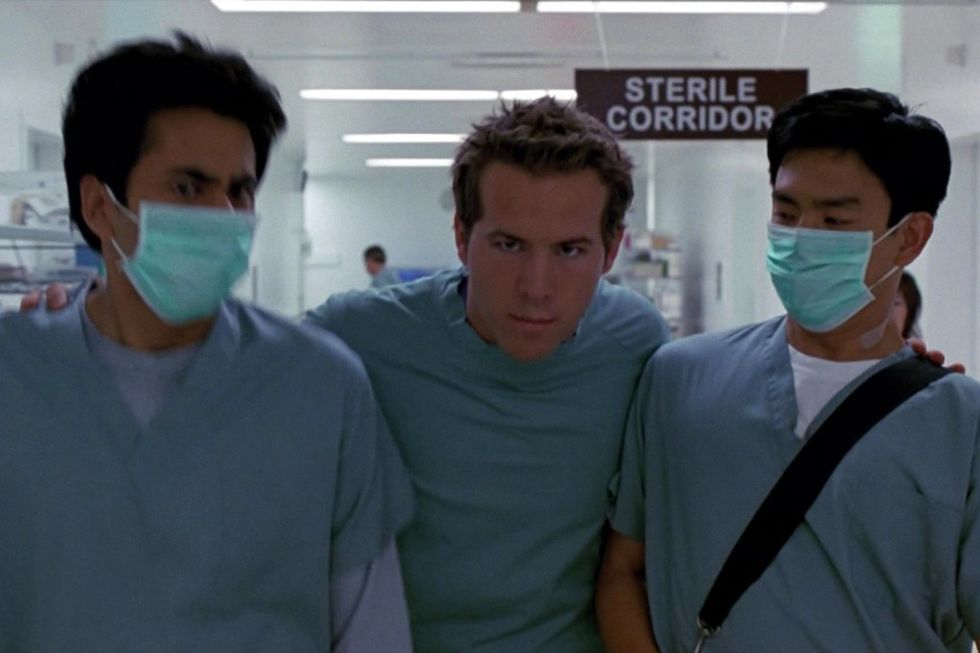
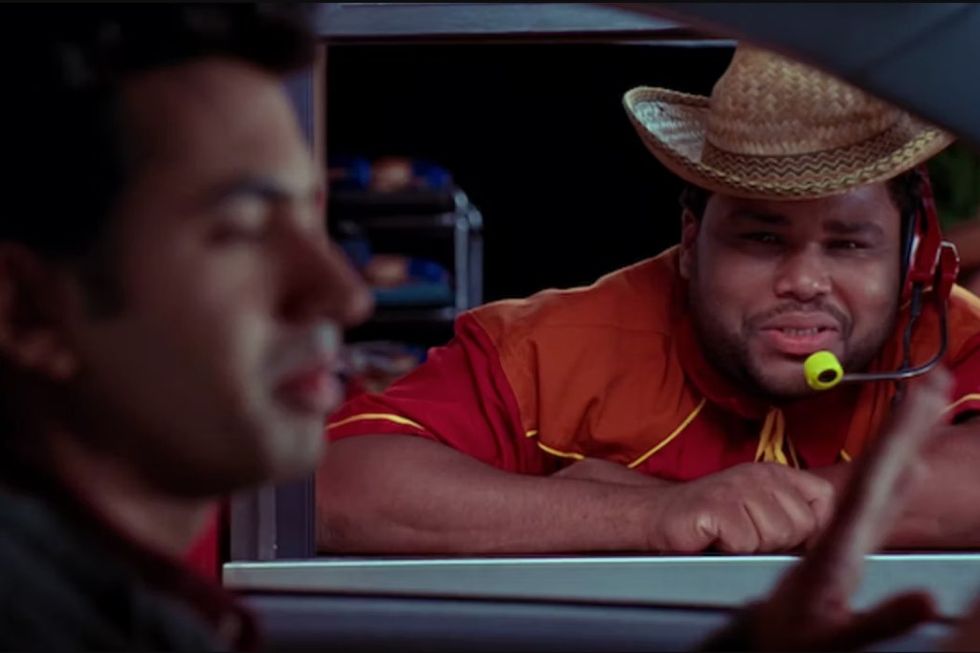
Kahane: I remember calling Ryan’s agent and was like, “Is this happening?” He told me Ryan was totally supportive because Ryan loves Kal. We paid him $10,000, and he was a beautiful man of his word. Ryan joining that cast got the movie greenlit. [Reynolds could not be reached for comment.]
Part III: Fun in Toronto
With a modest $9 million budget, Harold & Kumar Go to White Castle started its 34-day production in financially feasible Toronto — sorry, New Jersey! — in May 2003.
Hurwitz: We had never spent any time on a film set. Neither of us went to film school, so had never even made a student film. We went to the set expecting to be a fly on the wall. But Danny, our director, really wanted us to be there and be an active part of the production. He was wonderful. So in a way it was like fantasy camp. [Leiner died of lung cancer in 2018.]
Kahane: There were a lot of night shoots because of the nature of the narrative. And for a lot of us, it was our first studio R-rated movie. We were determined not to face-plant and embarrass ourselves.
Cho and Penn bonded in a hurry to establish a credible onscreen friendship.
Cho: When we arrived at the hotel, my memory is that I put my bags down and knocked on his door and said, “We should start hanging out.” We went for a beer that night.
Penn: That’s exactly how it went down. We had a great conversation about just the idea that this film was being made. The 12-year-old versions of us could not have imagined it. We were very hopeful not just about the success of the film, but really grateful as artists that we had this opportunity. Like, “Oh, this is awesome!” And we became friends.
Because the movie takes place over the course of one night, many of the actors showed up on the set for just a few days — and made their mark.
Hurwitz: Whenever an actor would come into town, they’d meet with Danny and then meet with me and Hayden. He and I would sit with each individual actor and talk about their scenes and their intentions. If they wanted to change their lines, we’d hear pitches from them for jokes. If we liked it, we’d add it to the script.
Garces: Not to take away from my opportunity, but did I want to sniff cocaine? Yes. Do I want to go crazy like Neil Patrick Harris? Yes. I knew I was capable of doing all those things [as an actress]. But I knew that’s not what my character was. I’m sure I annoyed them by pitching myself for a lot of that stuff because I knew everybody was having so much fun.
Thomas: Me and [David] Krumholtz knew each other in high school. He was my North Star of funny teenagers. So we hung out a bunch in L.A. doing research for these particular roles as roommates before the movie was written. And he came up with the majority of our funny improv.
One of those lines involved Krumholtz joking about Katie Holmes’ nude scene in The Gift.
Thomas: I believe the entire Katie Holmes rant came from his filthy mind. God, I hope she has never seen it. Sometimes when you’re making a movie and having a good time, you forget people may actually watch it.
Asked which scene was the funniest to film, Cho immediately refers to the sequence with Meloni’s Freakshow.
Cho: Meloni was a man with a plan. He came in with a lot of ideas and was just throwing zingers all over the place.
Meloni: Yeah, I came to the writers with a thousand ideas. I wrote the little mini-monologue where I bring the boys to my house and my dog is grabbing the tire. They let me sing this song, “The devil’s on the way …” I would just do crazy shit.
Cho: I was also so delighted watching this very handsome man turn into the ugliest man on Earth.
Meloni: There was a lot of rubber on my face. They had to build the goiter that oozes. There was a tube coming out of my neck for the boils. And then I went, “Where are the teeth?” The producers were like, “We don’t have the teeth. We don’t have it in the budget.” And I went to the guys and said, “I will pay for the teeth.” They ended up ponying up the money and I actually went back to New York and found a guy who would fit me for the bad teeth.
Malin Akerman portrayed Freakshow’s ultra-frisky wife.
Shapiro: There’s a topless scene, so the studio wanted someone who had been in Playboy. We must have looked at so many girls, and nothing was making sense. Then Malin came in during an open casting call and read for us. She had everything — she was funny, she was beautiful, she was a great actress and fearless. It was a very easy choice for us. She wasn’t well-known at the time as an actress, and I remember she was very focused on her band. She was a singer!
Malin Akerman: The moment the director called “cut,” we all broke into laughter because we could not believe all the silly things coming out of our mouths. I loved the ridiculous humor and improv.
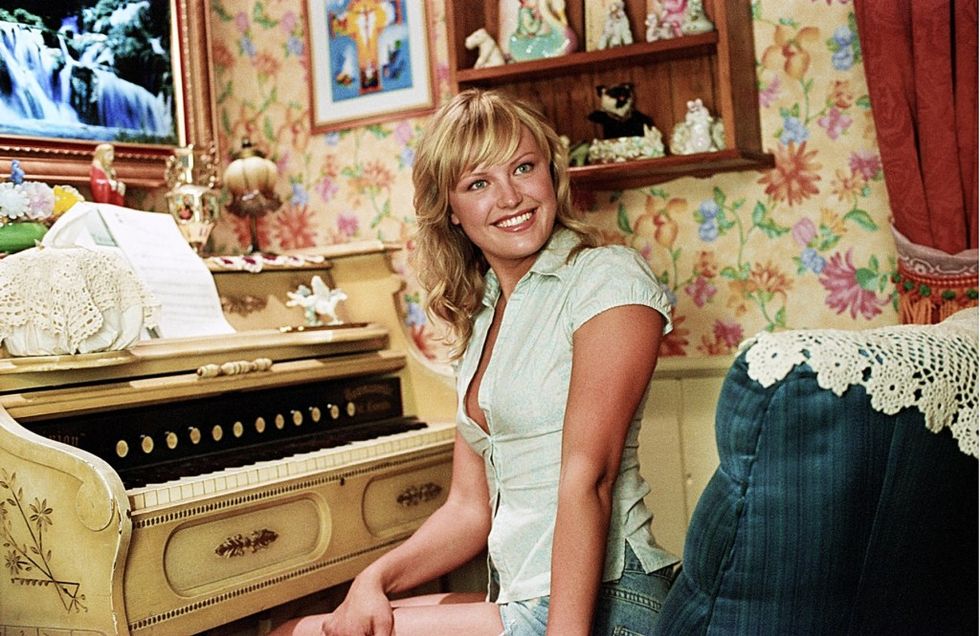
Penn: That specific role is so tough, and I feel like in any other movie it would have been written differently. There’s nudity with a beautiful woman. I just remember being so enamored by her layers of performance.
Harris, however, was not quite as freewheeling on the set.
Cho: He took things seriously. He had his stuff worked out. He was all business.
Penn: That was definitely the case for the first film.
Harris: That’s interesting. I think when I’m acting on film, I tend to be fairly precise. And this was in the middle of the night, so we were filming in darkness. I wanted to make sure I was effective so they didn’t have to be there for so long. I also probably didn’t want anyone to think that I was actually like the version I was playing. That I was really on hallucinogens.
The actors also single out filming with one particular non-human.
Penn: There’s a scene where a raccoon crawls into a car and bites Harold. The raccoon was controlled by a puppeteer, and I couldn’t stop laughing at the absurdity of this. John would get out and stretch his legs every now and then. I saw the puppet resting on the back seat. I was just like, “Hey, what’s up, raccoon?” And the raccoon was like, “Hey Kal, how’s it going?” Like, Oh shit, I forgot the puppeteer was still back there.
Cho: Kal was so delighted by the puppet. It was preposterous to watch a grown man carry on these conversations with a puppet all day long.
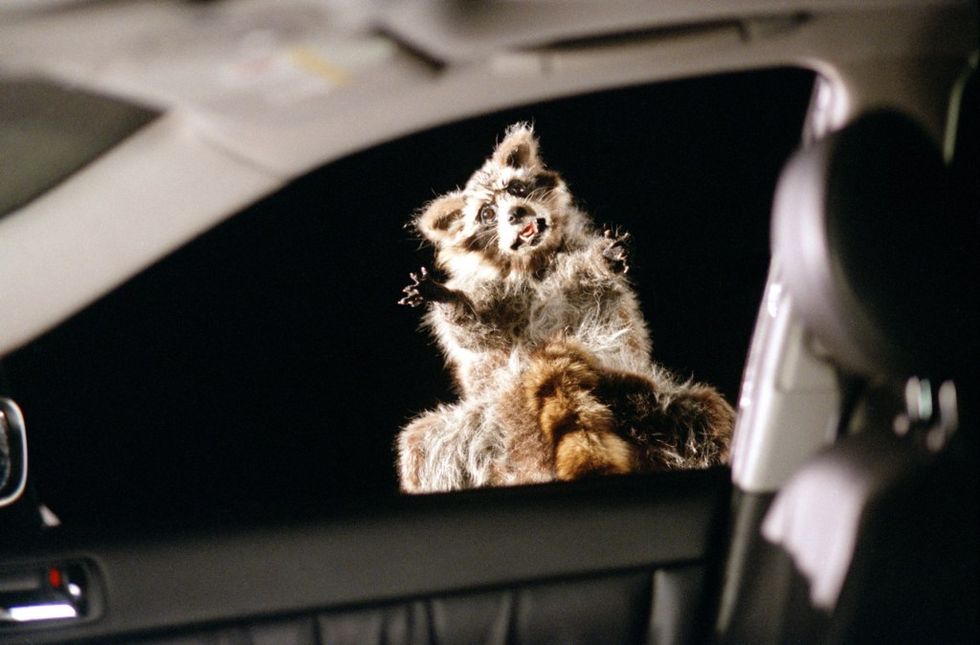
Hurwitz: We’re into reactions. We grew up on the Zucker brothers’ movies and the Farrelly brothers’ movies. They had set pieces that made a whole audience roar with laughter. And sometimes animals play into that kind of comedy. The cheetah in the woods killed me too. It was a real cheetah; we were worried that if we scared it, it would run off.
For the climactic moment when Harold and Kumar finally make it to White Castle (and an apologetic Harris pays for their burgers), the production design team had to get creative.
Hurwitz: There were no White Castles in Canada. At the time, there weren’t even any White Castles west of the Mississippi.
Schlossberg: Our production team had to build a restaurant in Toronto. I think White Castle helped out with some of the signage. I remember driving to the set and seeing this White Castle and thought it was amazing. A real pinch-me moment. It was so fun seeing cars pull up and seeing the types of people that would get out and thinking it was real. Then we saw the look of confusion and disappointment on their faces going back to their cars and realizing it was a mirage.
Hurwitz: That scene was so funny, though. I remember laughing so hard that I had to walk outside because I was blowing the takes. Now I can control myself.
Penn: I remember hoping that people would enjoy it as much as I enjoyed those weeks of shooting. I’d never had this kind of experience on a movie.
Cho: I never think anything I’m in is going to be a hit. But it did seem like it had a lot of things going against it. You know, like, primarily us. So I had a lot of worst-case scenarios in my head. I just didn’t think people would see it or something would be botched at any point in the chain of command.
Part IV: The Release
With production finished and a first cut completed, Harold & Kumar Go to White Castle started screening for test audiences.
Kahane: In the original script, Harold and Kumar make it to White Castle and over the course of the night, Harold gets a backbone. He’s going to go see Maria and tell her how he really feels. So he gets to her apartment, and instead of her standing at the door, it’s Luis Guzmán with all these lipstick marks all over his shirt. We think that she’s in here with Luis Guzmán. We soon learn that he’s her brother and reveals that Maria is in Amsterdam. Then Harold and Kumar decide to go to Amsterdam. Instead of this big romantic moment, we have this mediocre joke.
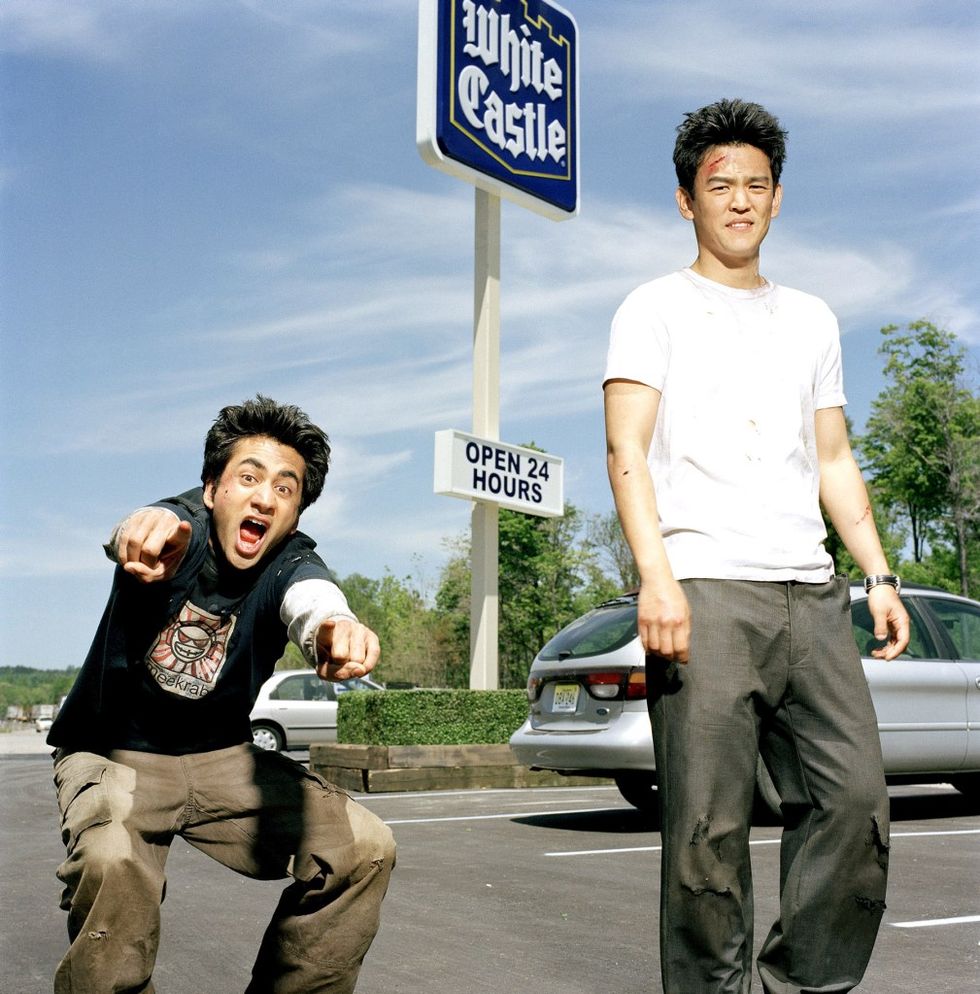
Schlossberg: At the end of the screenplay, it says, “To Be Continued with Harold & Kumar Go to Amsterdam.”
Hurwitz: So we tested the movie, and it tested through the roof with guys and not with girls. We lost them because Harold didn’t get Maria. So we did a half-a-day reshoot in an elevator in L.A., and they had their moment. Then we tested it again, and it actually tested better with women than it did with men.
Garces: I got a kissing scene with John, so that was nice.
Bolstered by the early buzz, Harold & Kumar was quickly set for a late-summer release.
Hurwitz: We were box-office nerds back then, and we were excited about the release date because kids were out of school. Like, look at all the R-rated comedies during the summertime versus the other times of the year. Still, we had no say in it. But then New Line saw the test-screening scores and thought the movie could really blow up. We were all really excited.
Ryan: Yes, it tested phenomenally, but there was still a conversation about making it a direct-to-DVD release. That was insane to me. There’s a lot of ass-covering in Hollywood. So I think the expectations were really measured. Nobody wanted to say it was going to be a huge hit.
Meloni: The first time I saw it was at the premiere at the Grauman’s Chinese Theatre in L.A. They brought in White Castle burgers. I thought the movie was genius. It had a controlled insanity and it had heart. They hit the tone really well. I thought it would be huge.
By the time Harold & Kumar Go to White Castle opened, the team was convinced they had a smash on their hands.
Hurwitz: Before the movie came out, Hayden and I were sent to Europe to do a research trip for the sequel where Harold and Kumar go to Amsterdam. Then we started to write the sequel. That’s how bullish everybody was on the movie. The trade magazines at the time were predicting $12-18 million gross for the first weekend. It got great reviews.
Kahane: So for opening night, the producers decided to rent a stretch limousine and have a nice dinner and have a few drinks and then go from movie theater to movie theater and watch it with all these crowds.
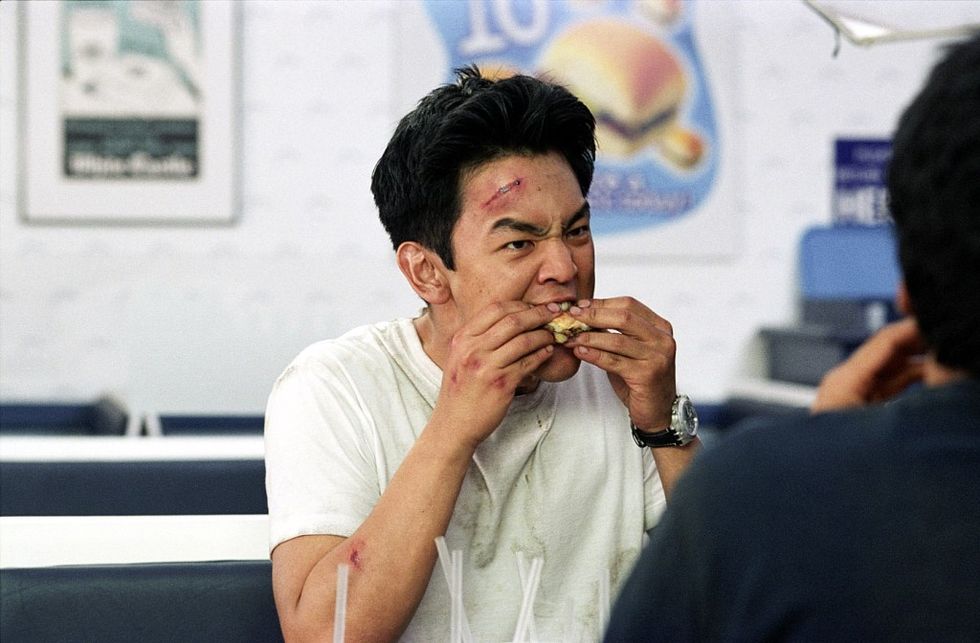
Penn: We thought it would be fun to see what the crowds were laughing at.
Hurwitz: The first theater was half-empty. It was so depressing.
Cho: We started out with a martini, and by the time we got to the third theater, it was like “Let’s get out of here.” It was such a bummer. We got our asses kicked. I know we opened at Number Seven at the box office. All my worst dreams had come true. [It grossed $24.3 million overall.]
Hurwitz: Somebody called us on Saturday and told us to stop writing the sequel.
So what happened? Many are quick to blame the misguided marketing campaign.
Penn: I remember the trailers were all about race, and they should have been about friendship. The first cut of it mentioned that this movie starred “the Asian guy from American Pie and that Indian guy from Van Wilder.” I said, “I would love for you to not refer to us with racial signifiers because the movie speaks for itself.” They refused, and instead added the line, “From the white guy who directed Dude, Where’s My Car?” I mean, if you’re looking for a movie to laugh at with your friends on a Friday night, that’s not necessarily a calling card.
Cho: I think they were trying to be cheeky about it. But it bothered me. I didn’t like it.
Shapiro: I just think the studio was brave to take this movie, full stop. But I don’t think they knew how to reach an audience, and their campaign was not terribly original.
Ryan: I admit the marketing never captured anything that really played to the essence of the movie. That bore itself out. When I look back on it now, it’s cringey.
But, just like niche low-budget comedies like Dazed & Confused and Office Space, the movie found a second life after the DVD was released in January 2005.
Kahane: The DVD and maybe even the VHS came out. Then we started getting calls from New Line like, “You’ll never believe this, but we’re doing three or four times the business on DVD that one would expect based on the box office.“ I think the audiences just started finding it at home and it became part of the culture.
Penn: All of a sudden, I couldn’t walk down the street or go to the grocery store without somebody saying that they saw it. And I should add that there was no DVD marketing! It wasn’t like we were doing separate publicity for it. It just dropped in and fans found it.
Cho: I remember I was in line with friends to get into a nightclub. A large man with a clipboard goes, “Harold, get up here.” I got the red-carpet treatment! I was like, What is going on? Who has seen this movie?! Why does he love me? And a version of that kept happening. It was so bizarre being recognized for being in a movie that I thought nobody had seen and was supposed to have been a failure.
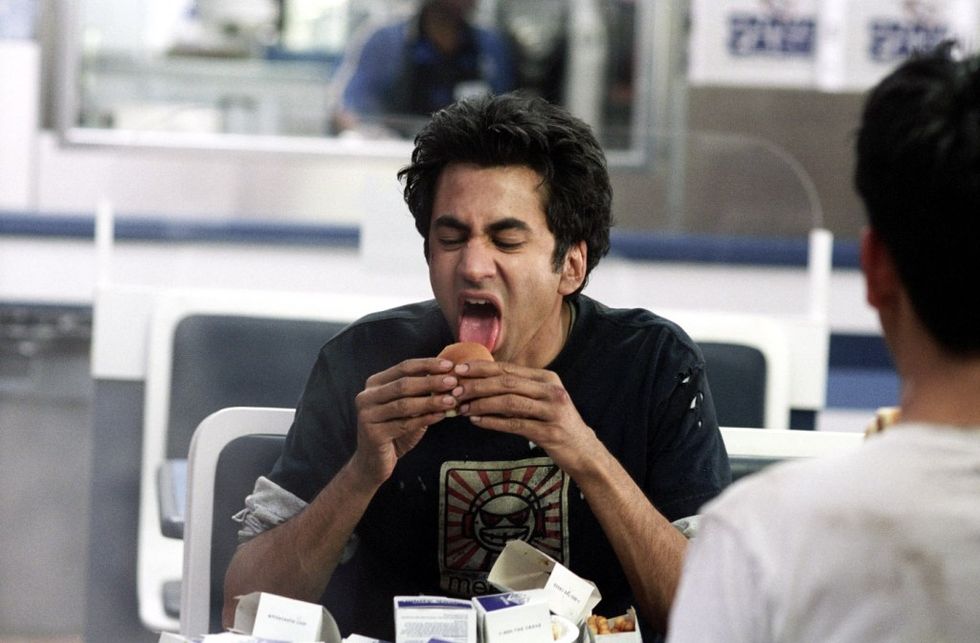
Soon, Hurwitz and Schlossberg got the call they were waiting for.
Hurwitz: We didn’t want to do a straight-to-DVD movie. We were really holding off. Then I would say about 2006, we were asked if we were willing to do another movie. The feeling was that if you made a sequel to these sleeper comedies like Austin Powers, it would do bigger business.
Schlossberg: We loved the Cheech & Chong movies, so we wanted to make our own stoner duo on these crazy adventures.
Hurwitz: There were six Police Academy movies. There were three Naked Gun movies. So we were always drawn to movies that had sequels. So we love our sequels. We love Harold & Kumar Go to Guantanamo Bay. We love the Christmas movie. We think they’re all fun. [Harold & Kumar Go to Guantanamo Bay opened at $14 million in April 2008; A Very Harold & Kumar Christmas opened at $12 million].
Penn: I still have such an appreciation for the fans who went out and got the DVDs. It went against all the studio quadrants on why the movie was a box-office failure the first time around. I know the audiences were frat boys in Alabama and church groups, along with the Asian community. That kind of stuff didn’t show up on studio marketing data in 2004.
Cho: The movie’s success was really a triumph against incorrect polling techniques.
As for a fourth Harold & Kumar movie? It may indeed be on the menu.
Kahane: We are having conversations right now. I think it would be fun to see Harold and Kumar in middle age mix it up with the Gen-Z versions of themselves.
Hurwitz: We love Harold & Kumar, and we would absolutely make one if the opportunity arises.
Cho: I haven’t heard much, but it would be a blast.
Penn: I think in 2024 we deserve to make some cash off this!
V: The Legacy
Twenty years later, the movie’s cast and crew are proud that they’re part of what’s now considered a groundbreaking comedy classic.
Penn: After the sequel, I started working at the White House for President Obama as his youth liaison. There were people from the Obama administration and the Bush administration who had love for both movies. Karl Rove, who was President Bush’s senior adviser, is a big Harold & Kumar fan. And I’ll tell you a story: I knew I had to leave my job early to do the Christmas movie. So after a briefing, I said to the president, “Sir, these are my last two weeks because they picked up the third option for Harold & Kumar.” He goes, “Oh, man, I love those movies. That’s really funny stuff. Can you come back?” That’s why there was a seven-week break during my tenure there.
Cho: I’ve never heard that story!
Penn: I’ll give you another one: I once spoke at the Clinton Global Initiative Youth Conference. This is so funny. President Clinton came over and was like, “Hey man, thanks for being here on behalf of the White House, but your movies are funny as shit.” I was like, “Thank you, Mr. President!” So the fact that it spanned at least three presidencies is very exciting to me. I haven’t met anyone from the Trump administration to ask, but I do wonder if it can span four.
Schlossberg: We ran into Quentin Tarantino at the Chateau Marmont, and he just wanted to talk to us about Harold & Kumar Go to White Castle.
Hurwitz: When one of your filmmaking heroes is talking to you about your movie and sees everything that you were trying to do with it, it’s the coolest thing in the world.
Harris: I take very little credit for its success because I was such an anomaly in it. But I was wowed at the reaction from my two days on the set. Like, if you see Mayim Bialik, do you talk about Blossom? Do you talk about Urkel and Family Matters with Jaleel White? Harold & Kumar allowed everyone to laugh about my past in a very stoner-tastic way. The creators of How I Met Your Mother were fans, and I think they had seen the movie as they were casting it.
Akerman: It’s become such a cult classic. I still get the occasional fan … and knowing that they’ve seen me in the movie, I always feel myself blushing.
Meloni: About three or four years ago, the movie was on a streaming service. I went, “Oh, yes, I am!” and watched it. It absolutely held up. There were meanings behind the comedy. I loved the leads. And I love that these were two non-white kids trying to find their way in America. This wasn’t Slumdog Millionaire, you know?
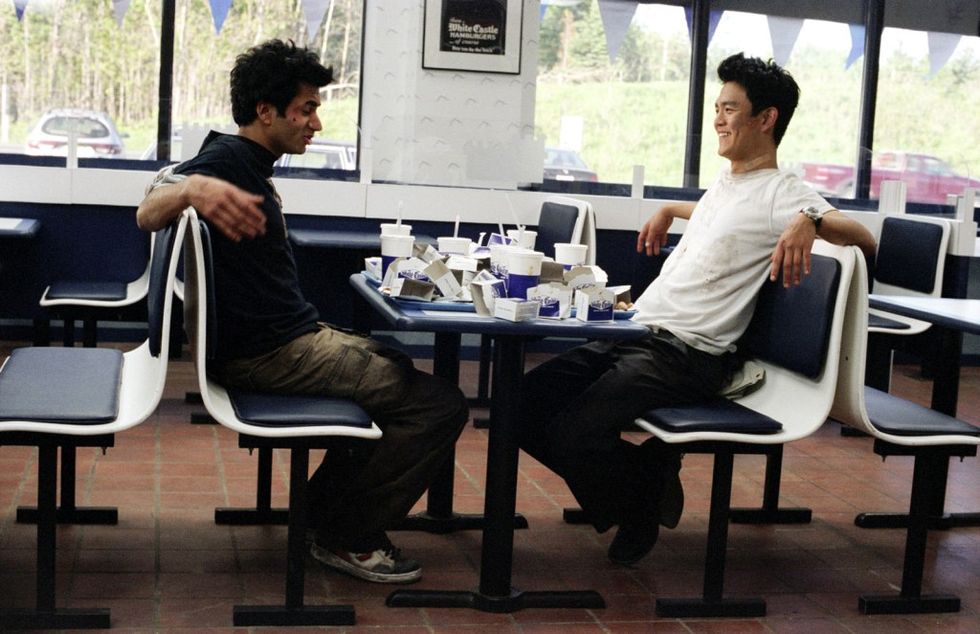
Hurwitz: We made Harold and Kumar smart, successful young people, and in Harold’s case, a hard-working, functional member of society, because that’s who we and our friends were. Stoners were always portrayed as idiot deadbeats. We wanted to show that just because these guys liked to smoke some pot on a Friday night didn’t mean they were losers or degenerates.
Kahane: When you’re lucky enough to work in the business for a certain amount of time, you see that different movies have different impacts on different people. This had silliness and heart, which is what the viewers wanted. But overall, I’ve worked with Asian American artists that look back on it as a pivotal moment in getting acceptance into the business.
Cho: I could probably track every opportunity I’ve had to Harold & Kumar. It stuck around in people’s imaginations and culture for a long time. I’m thankful to be a part of that.
Schlossberg: In 2024, we don’t have to write, “These characters do not have accents” underlined in a script. Things have changed.
Garces: We’re going through a period where everything is so PC, right? I’m thankful for that because people are more respectful and open to different cultures and not being so afraid and ignorant. But now I think that if you don’t cross certain boundaries, it hinders the art. The best kind of comedy needs to push past these edges. Harold & Kumar had this feeling of something new. When stereotypes are turned on their heads, it’s often hilarious.
Ryan: The movie showed that you could take chances in making these R-rated comedies. It didn’t have to be expensive and packed with high-level star power. It just needed a good story.
Schlossberg: I actually think sliders themselves became more popular after Harold & Kumar. Now it’s a thing to see it on appetizer menus and have gourmet sliders as a comfort food. You see them in frozen food sections, too.
Penn: Four or five years after the movie came out, I was driving with my cousin in Indiana. I had to use the bathroom so badly on this drive and the only rest stop was a White Castle. So I put on a hat and made a beeline into the bathroom. When I came out there were like 30 people standing at the door waiting. I took a half-hour’s worth of pictures. Finally, the staffers were like, “Would you like to buy a burger?” I couldn’t believe I didn’t have free White Castle privileges!
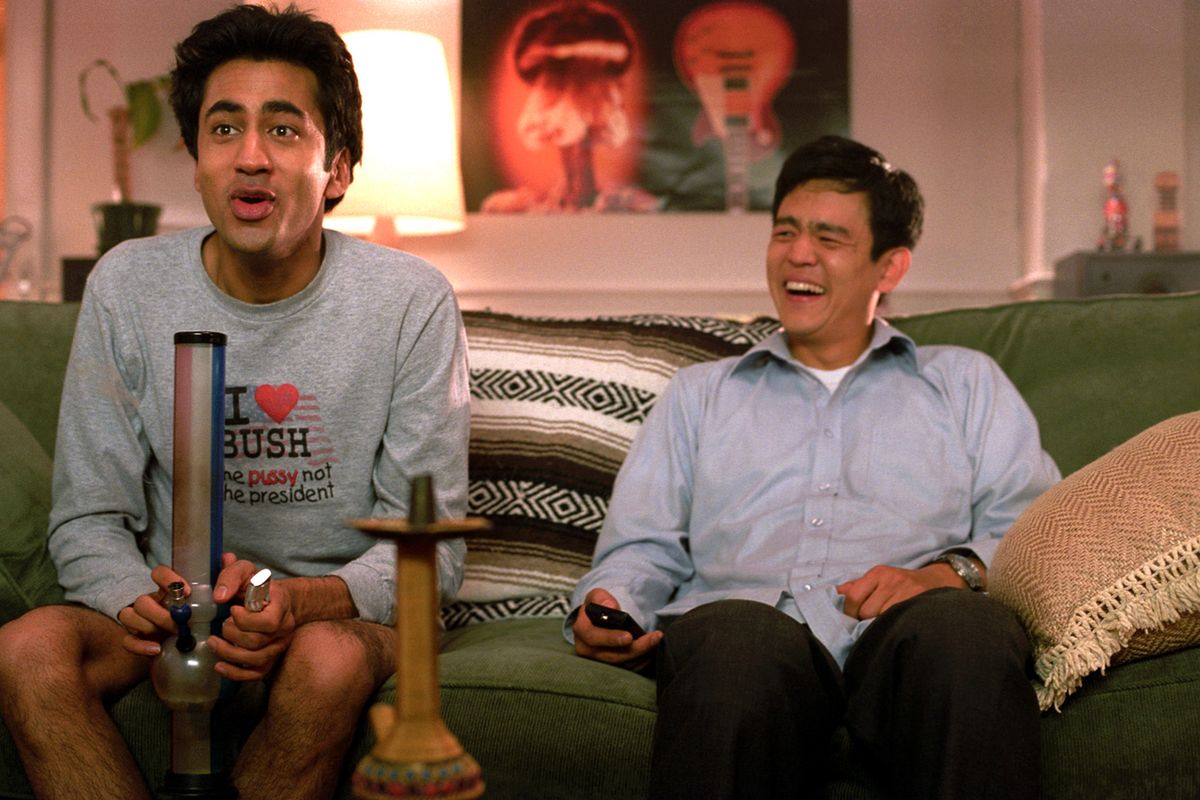
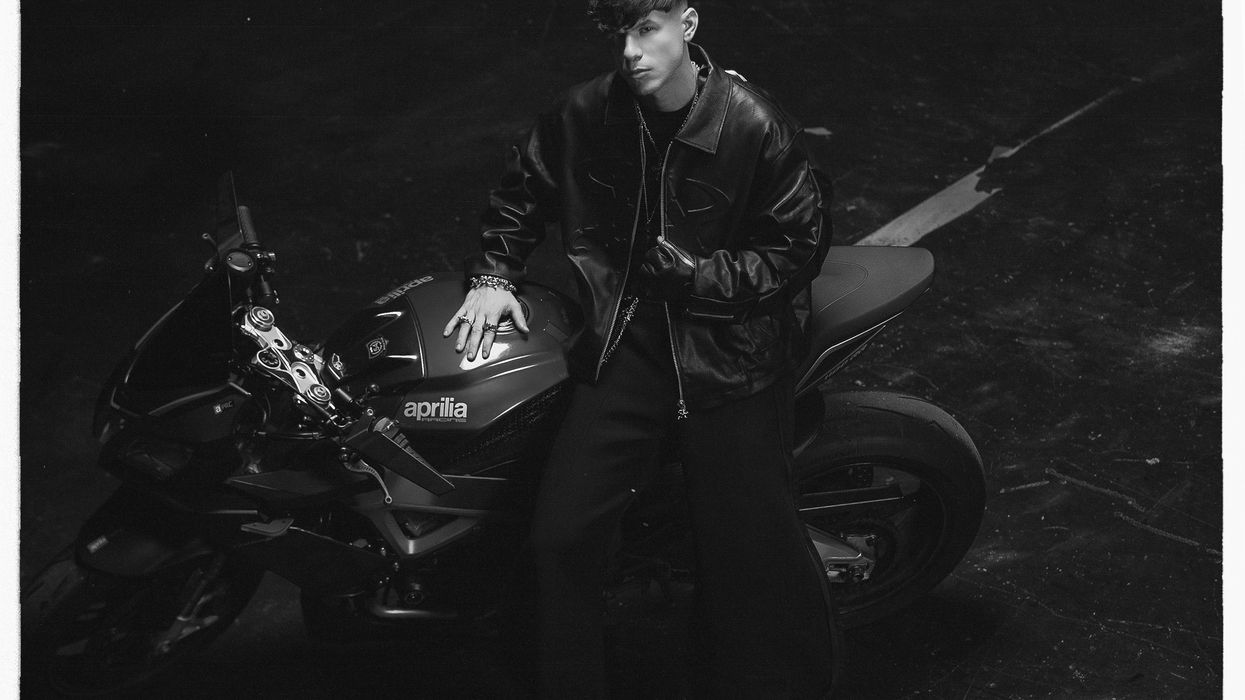

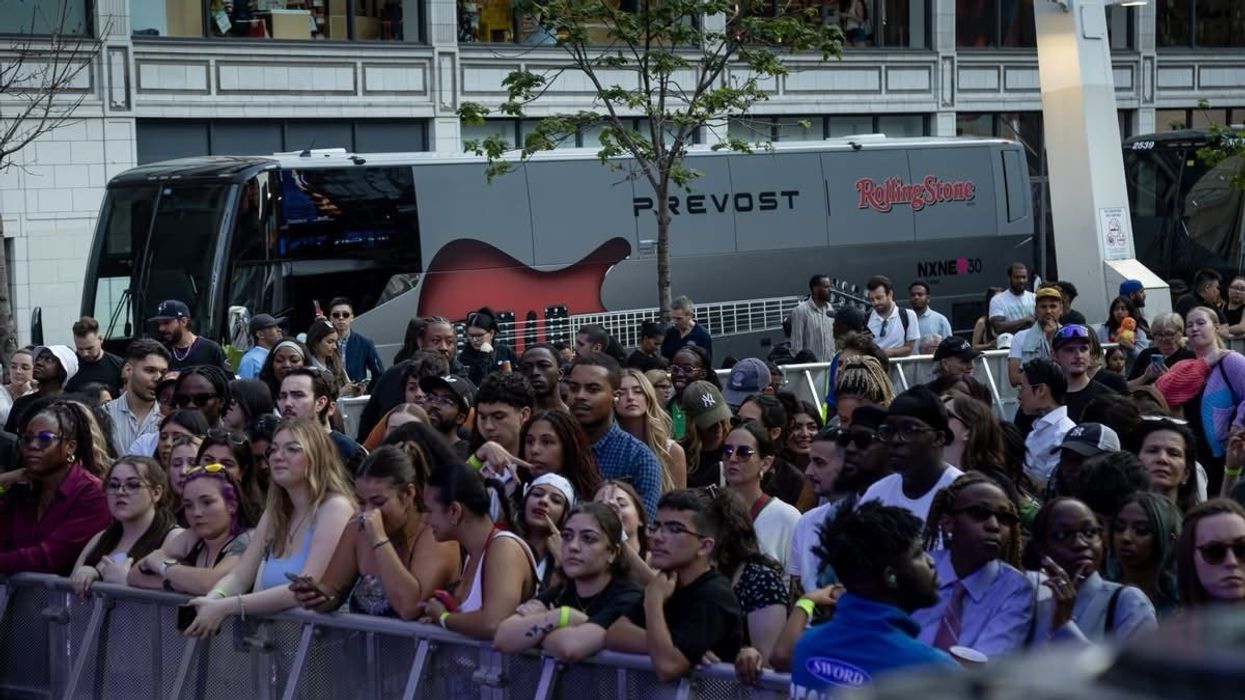
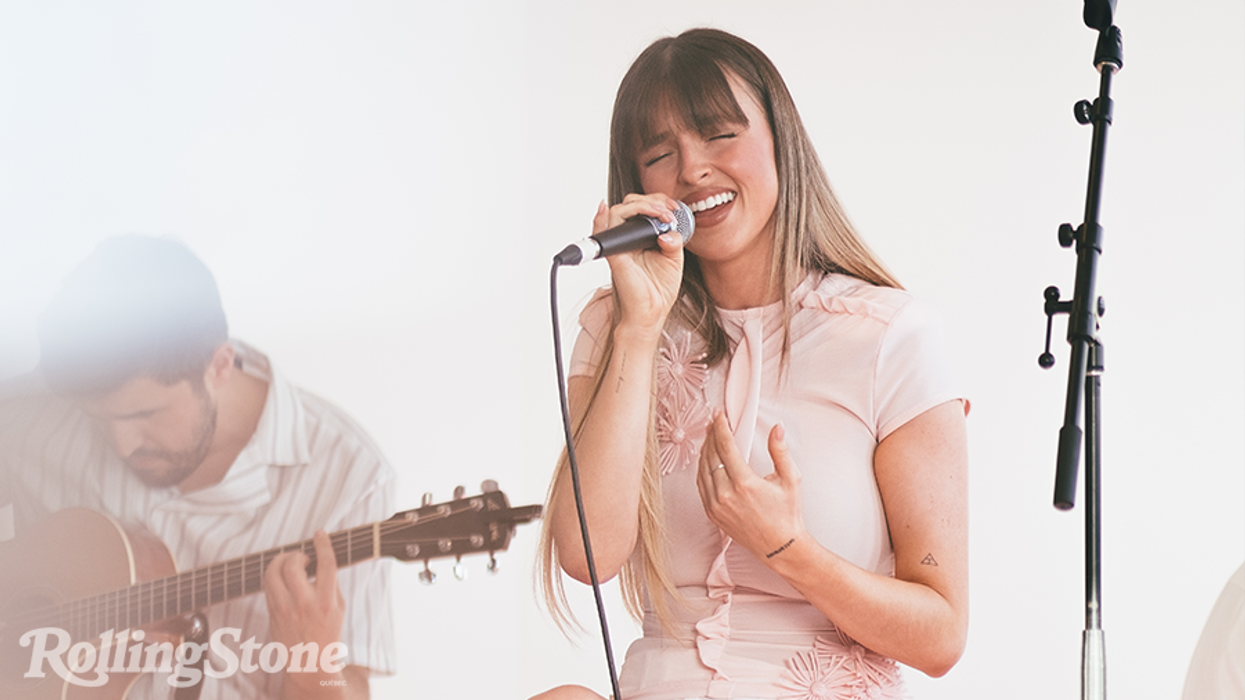
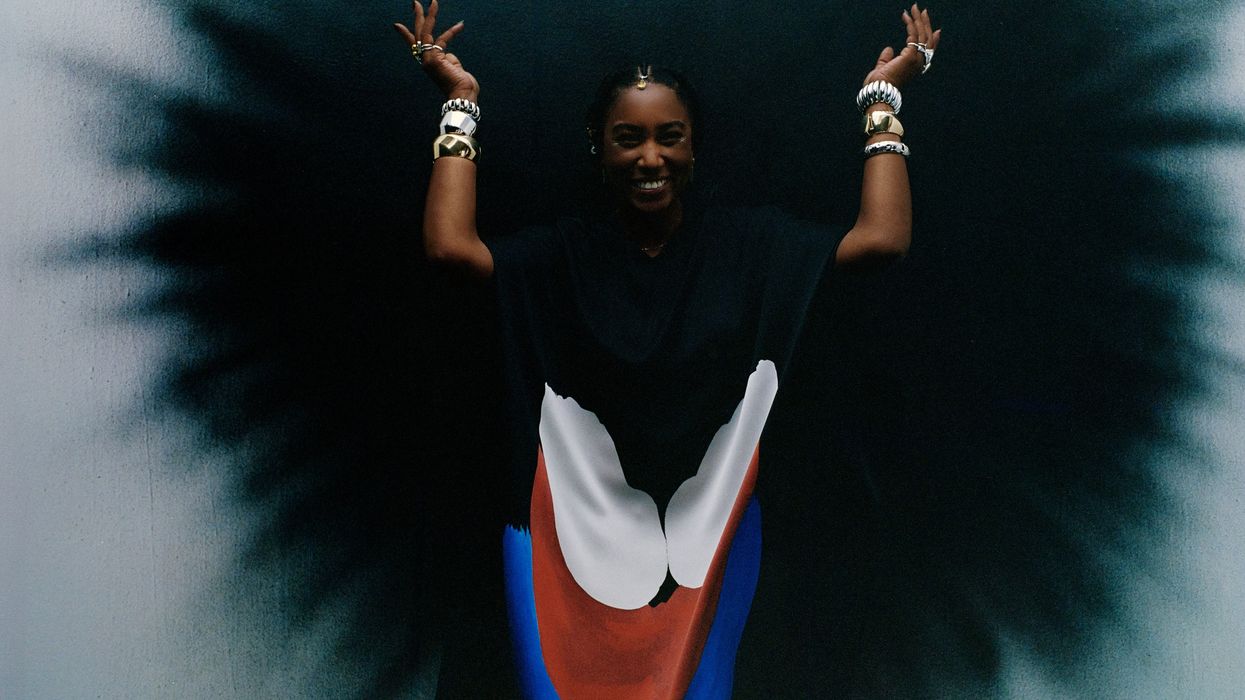
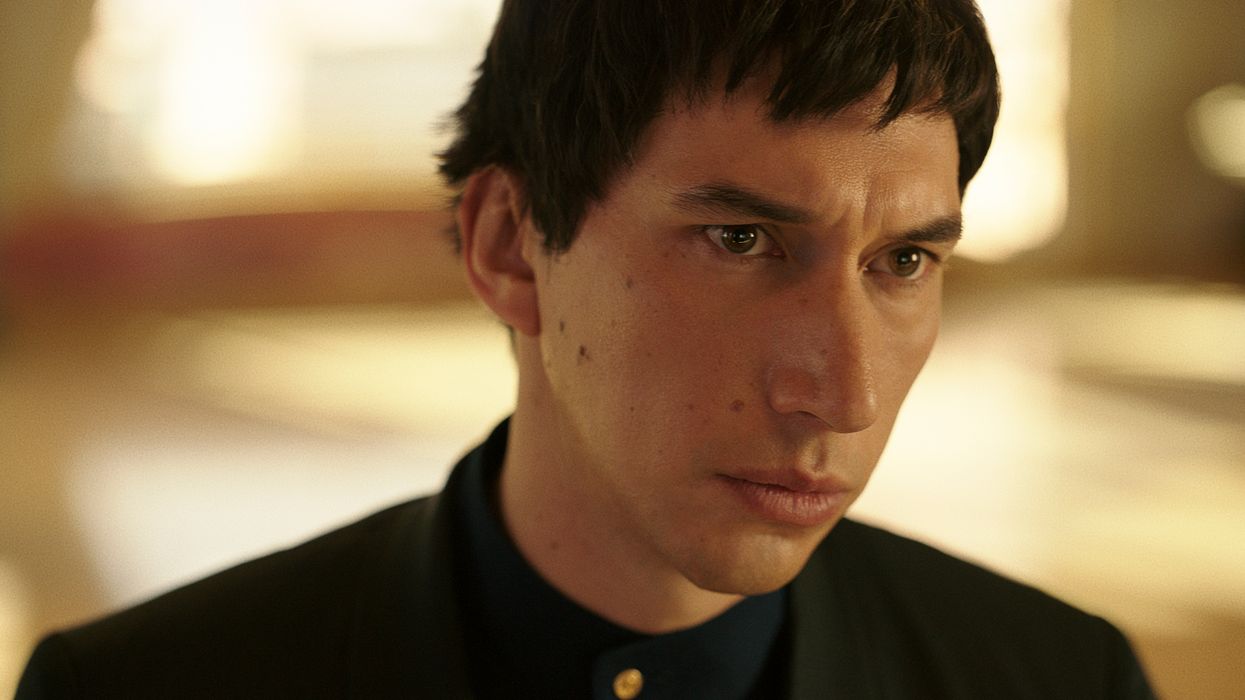
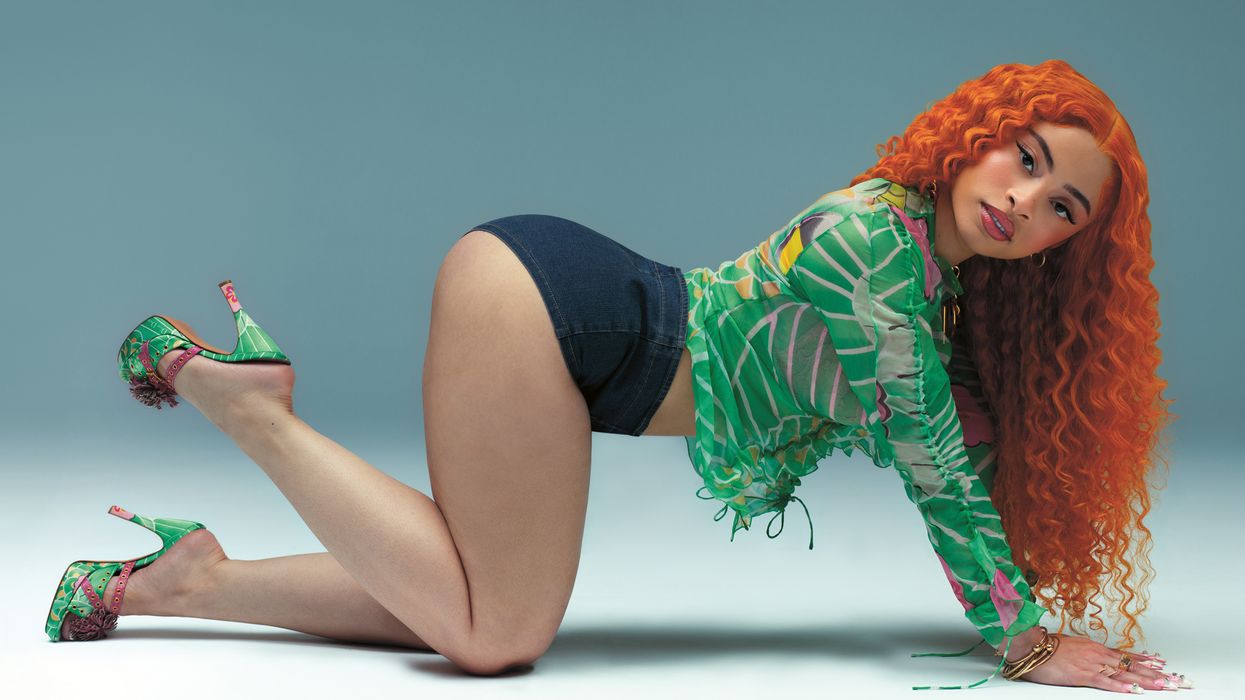
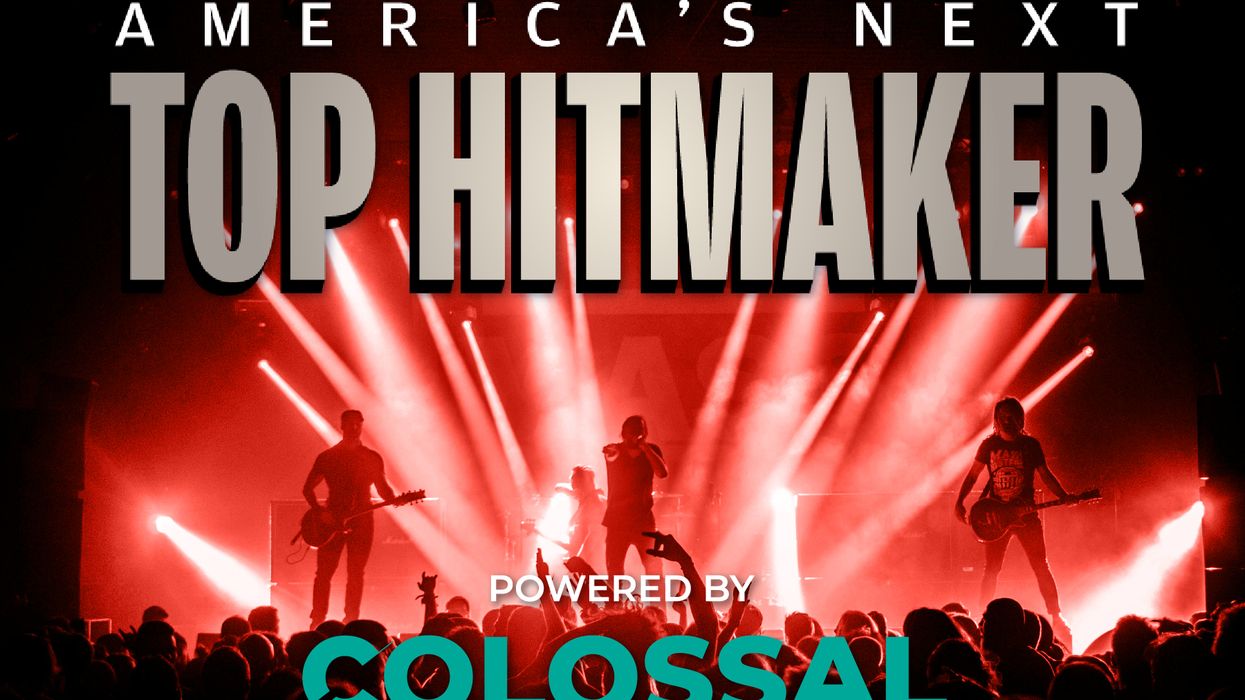
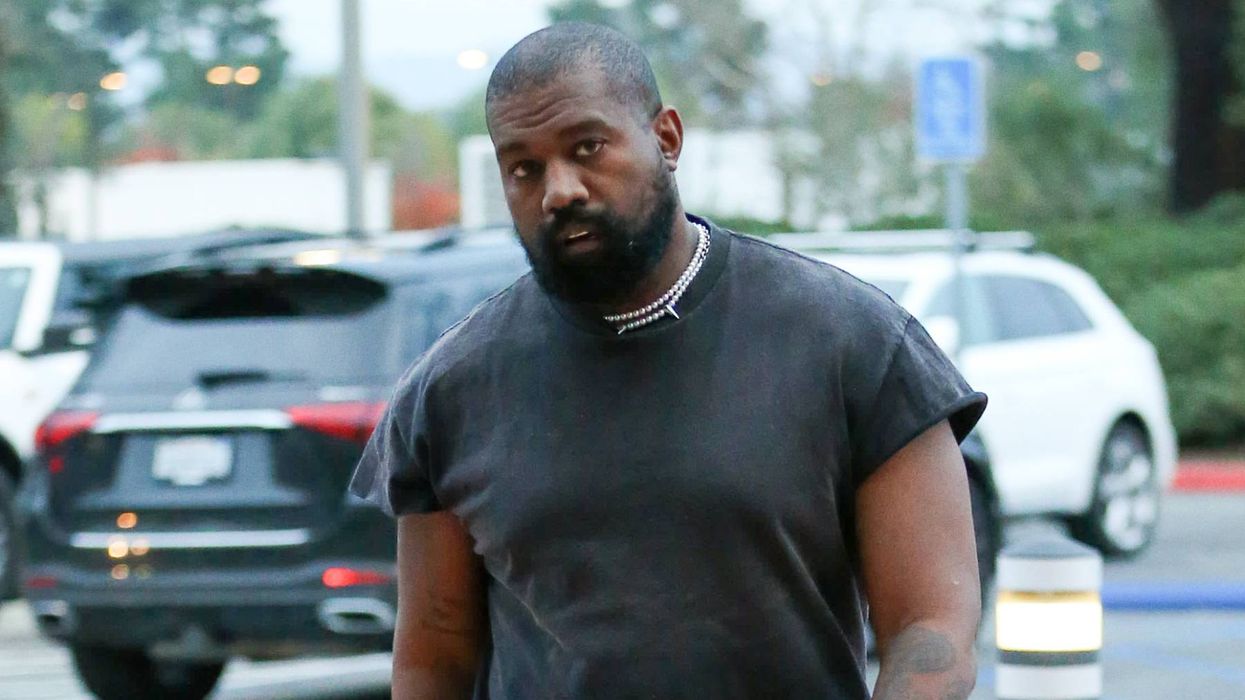
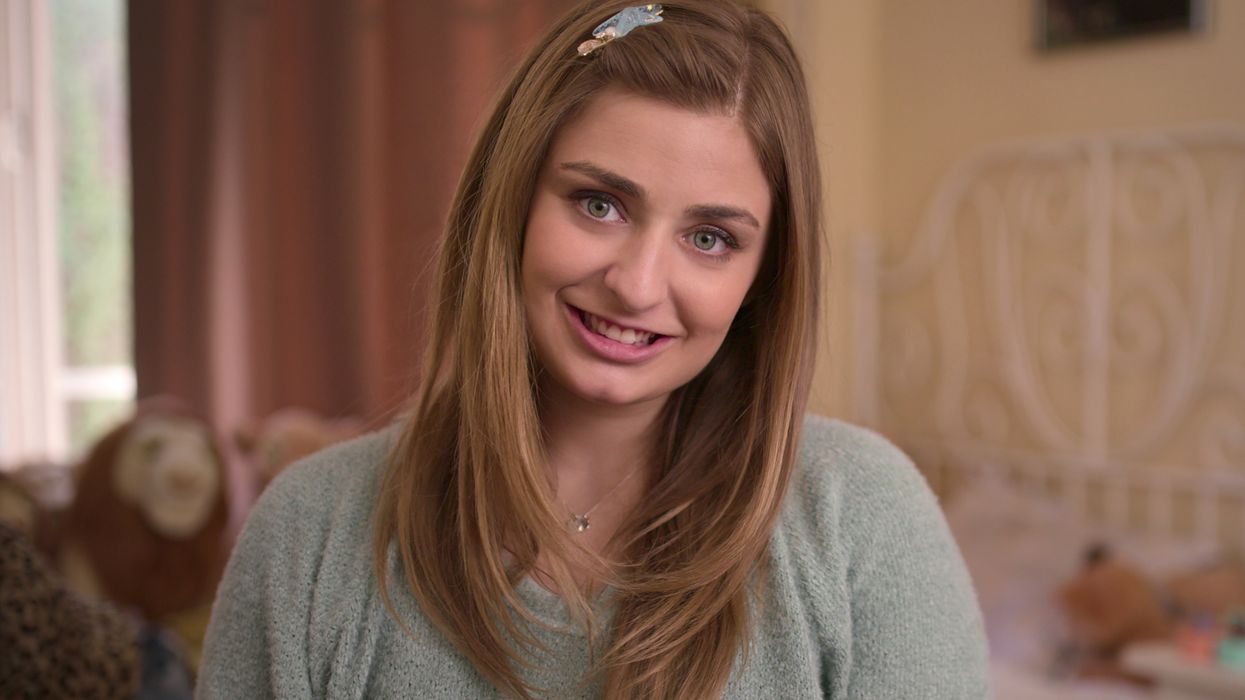
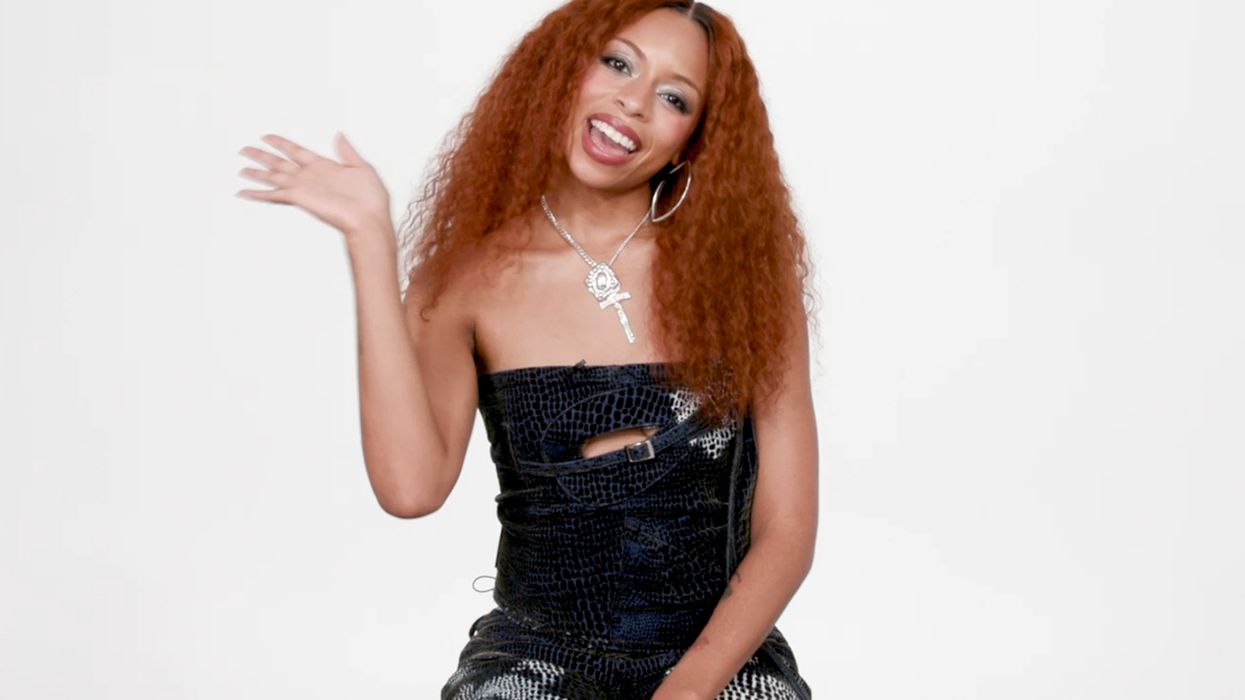
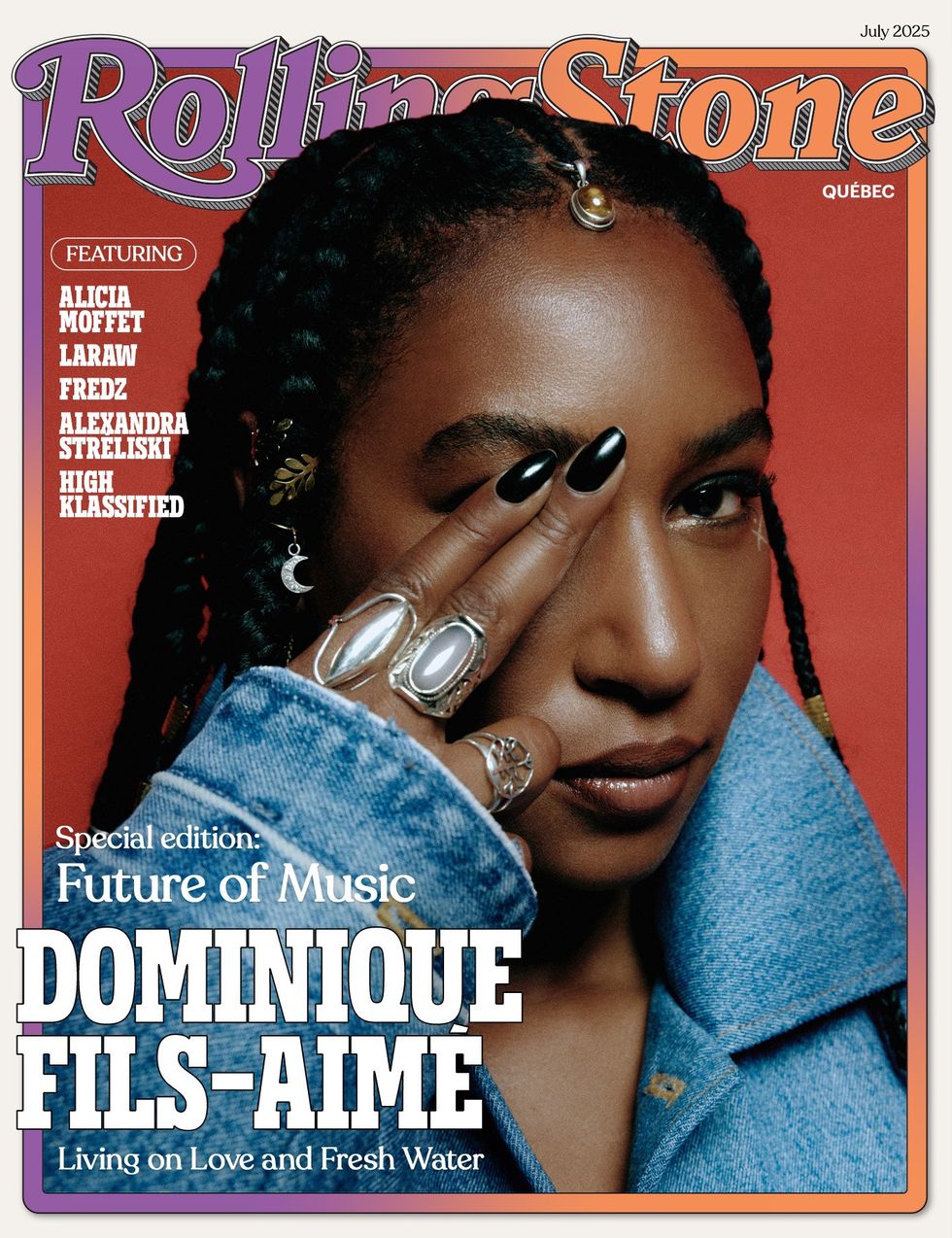 Jean Jacket: Repull/Jewelry: Personal collection
Jean Jacket: Repull/Jewelry: Personal collection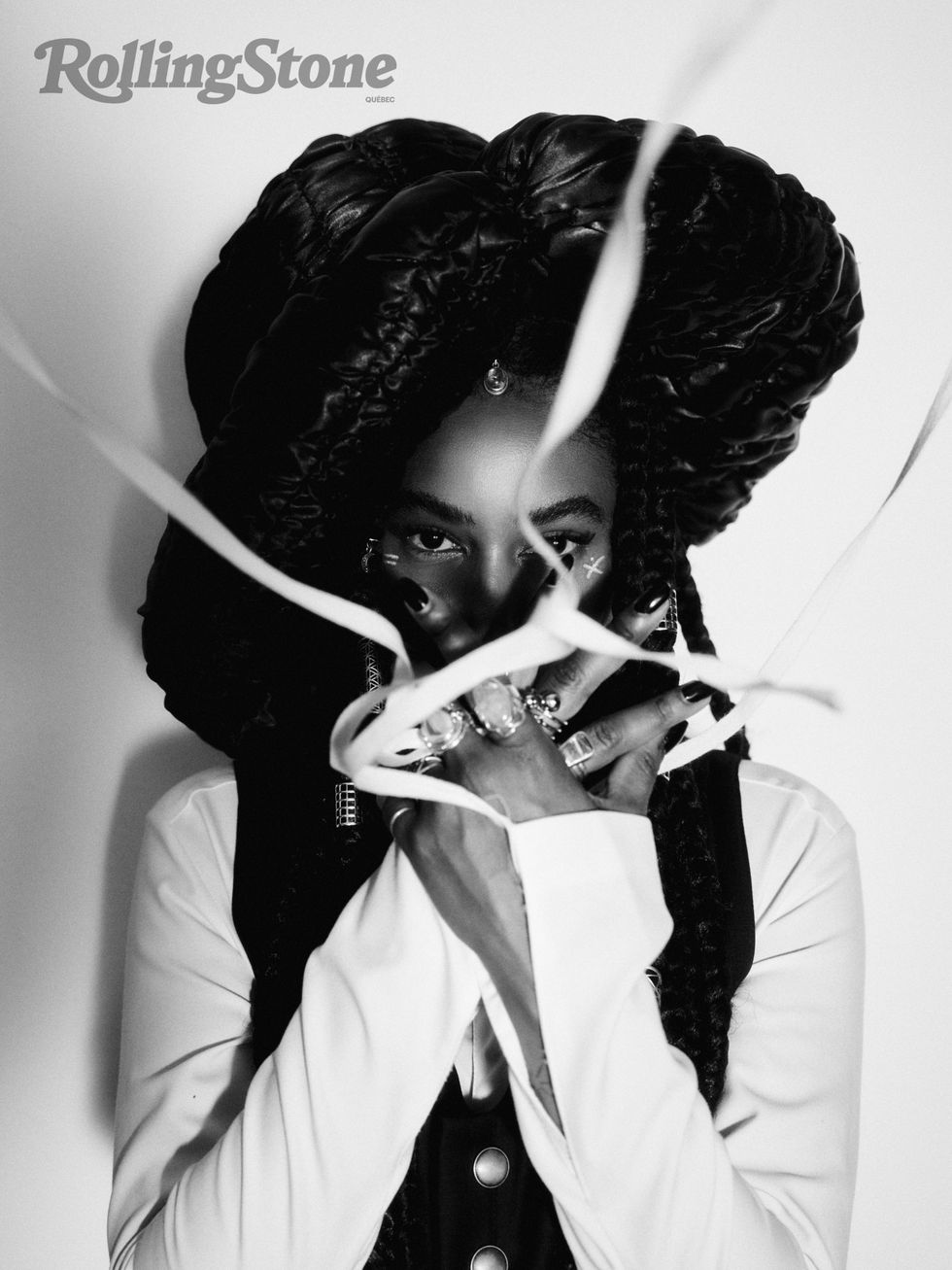 Hat: Xtinel/Dress shirt and vest: Raphael Viens/Jewelry: Personal Collection & So Stylé
Hat: Xtinel/Dress shirt and vest: Raphael Viens/Jewelry: Personal Collection & So Stylé 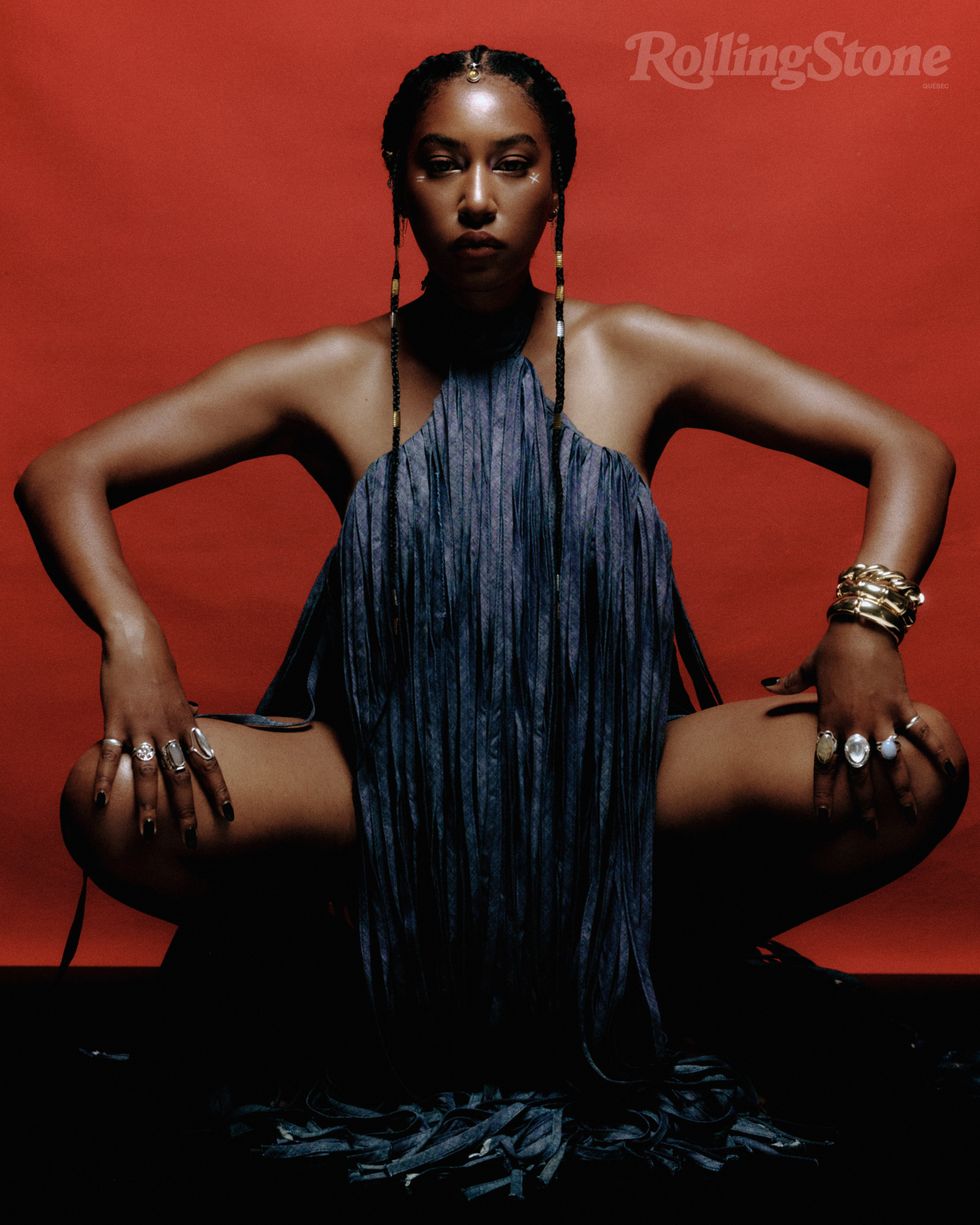 Dress: Helmer/Jewelry: Personal Collection
Dress: Helmer/Jewelry: Personal Collection 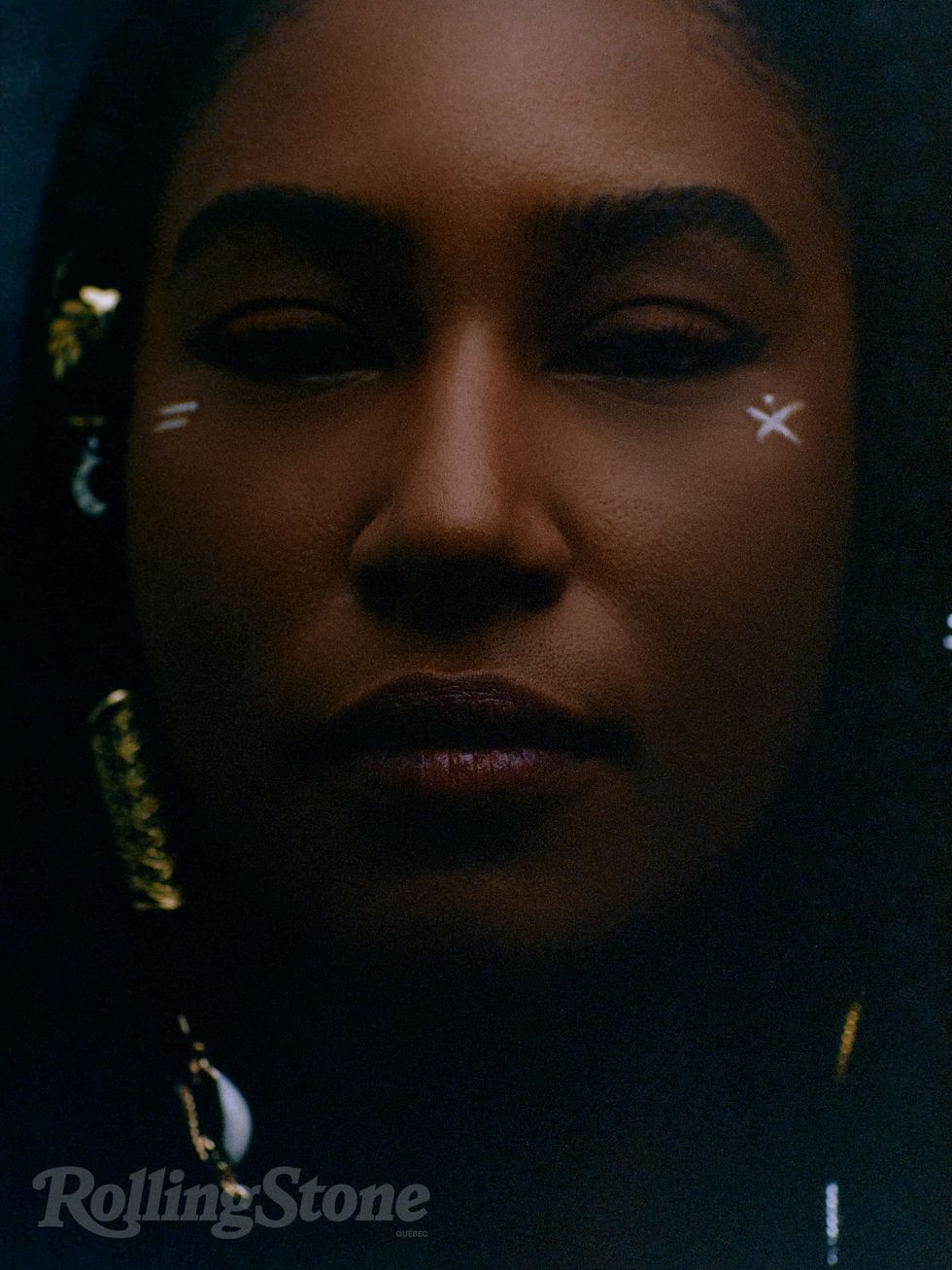 Jewelry: Personal Collection
Jewelry: Personal Collection  Dress: Helmer/Jewelry: Personal Collection
Dress: Helmer/Jewelry: Personal Collection 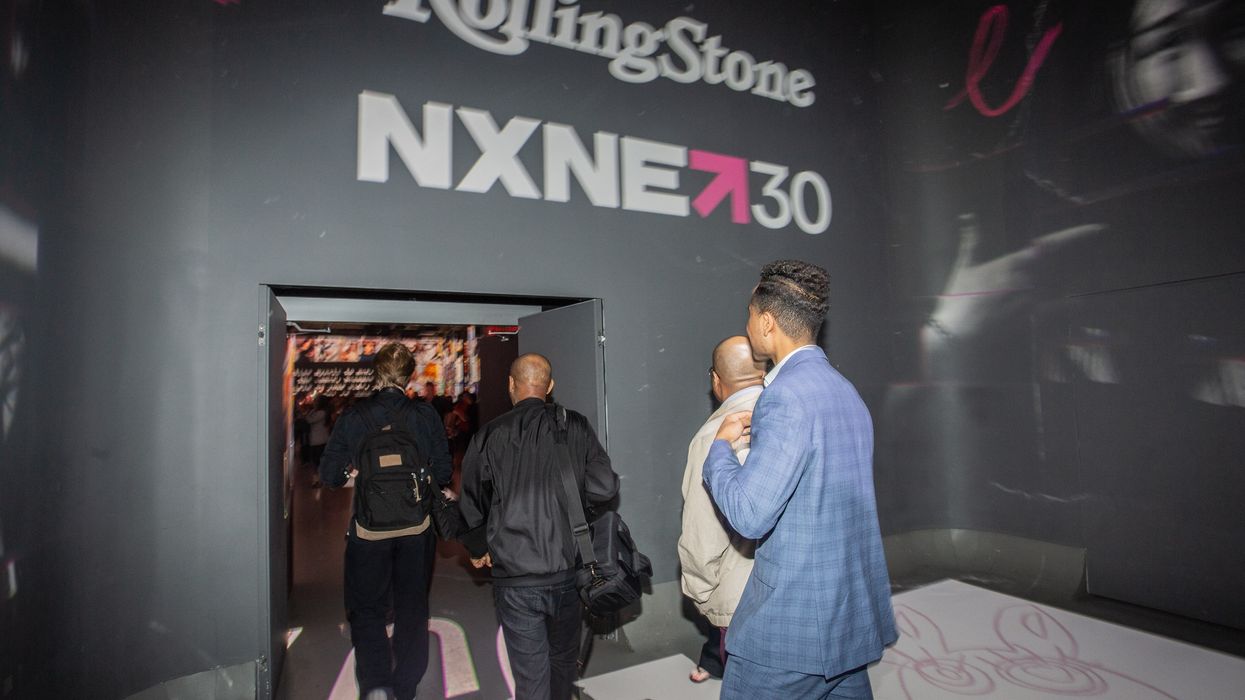
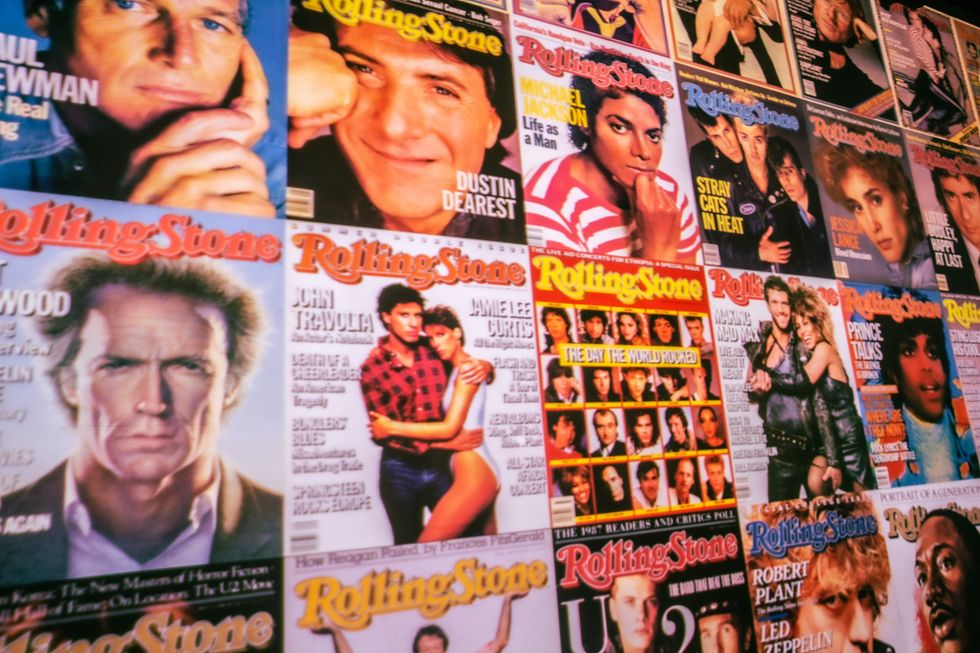
 Catering Presented By The Food DudesPhoto by Snapdrg0n
Catering Presented By The Food DudesPhoto by Snapdrg0n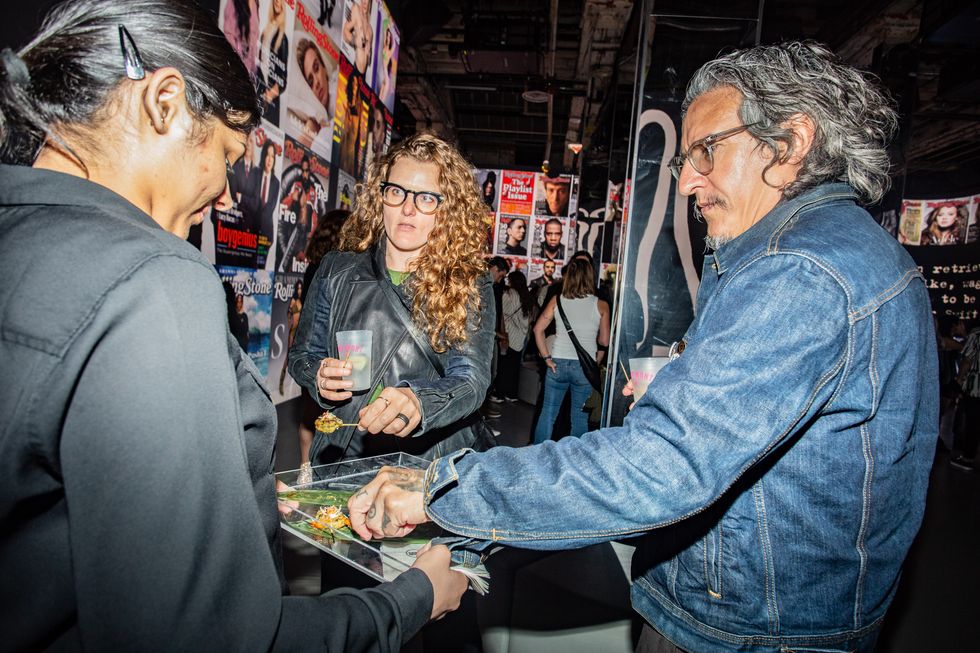 Catering Presented By The Food DudesPhoto by Snapdrg0n
Catering Presented By The Food DudesPhoto by Snapdrg0n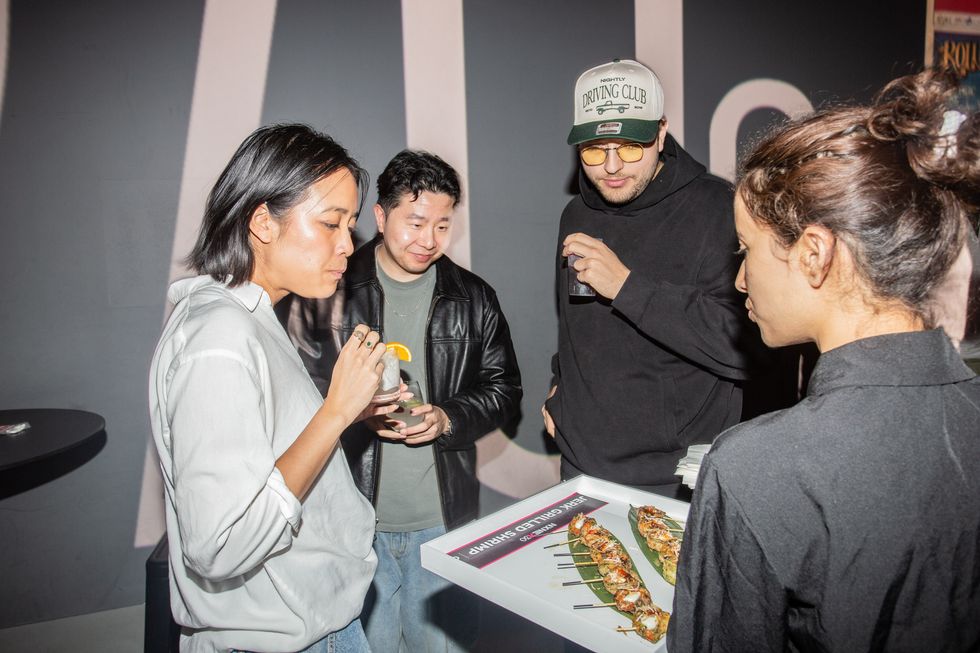 Catering Presented By The Food DudesPhoto by Snapdrg0n
Catering Presented By The Food DudesPhoto by Snapdrg0n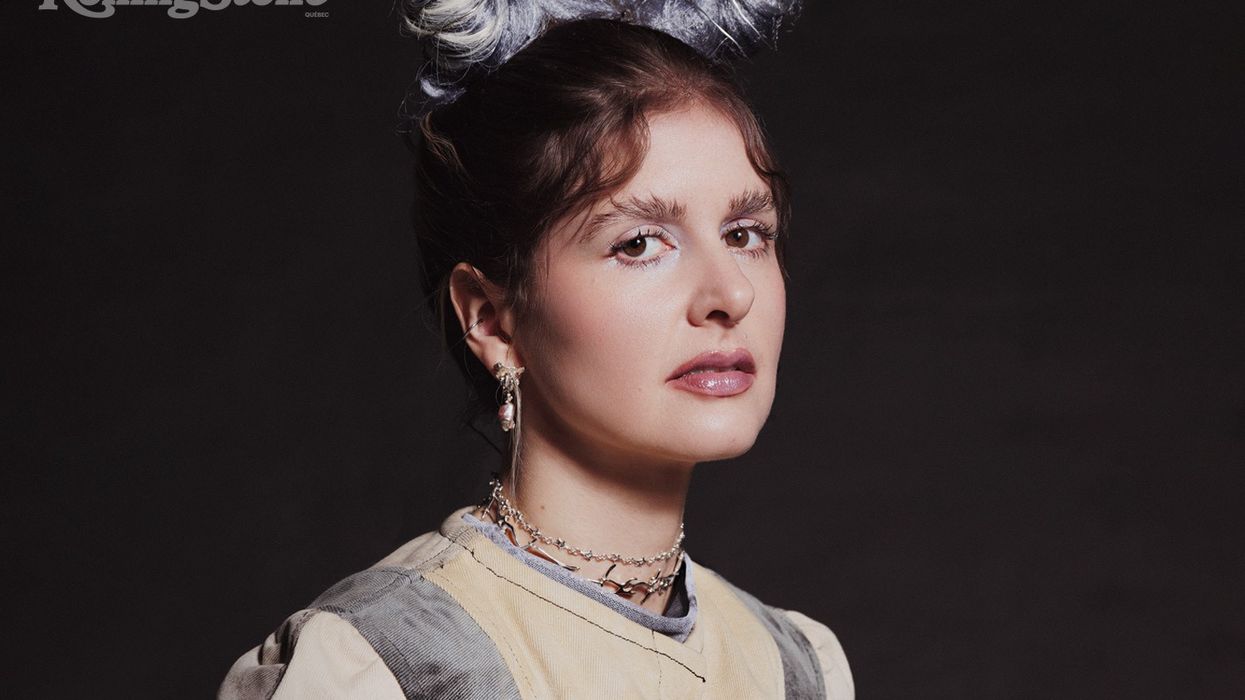
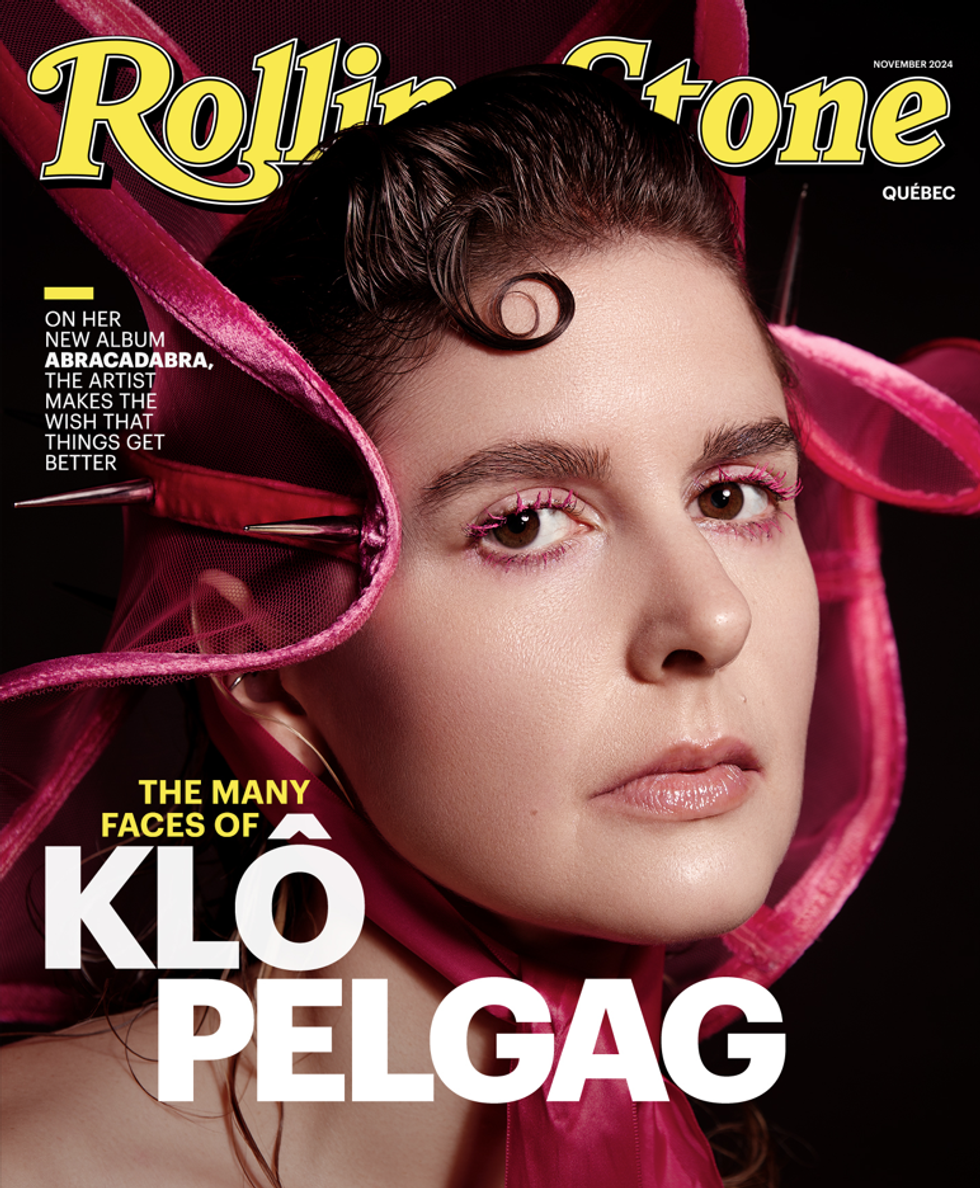 Photographer: Raphaëlle Sohier / Executive production: Elizabeth Crisante & Amanda Dorenberg / Design: Alex Filipas / Post-production: Bryan Egan/ Headpiece: Tristan Réhel
Photographer: Raphaëlle Sohier / Executive production: Elizabeth Crisante & Amanda Dorenberg / Design: Alex Filipas / Post-production: Bryan Egan/ Headpiece: Tristan Réhel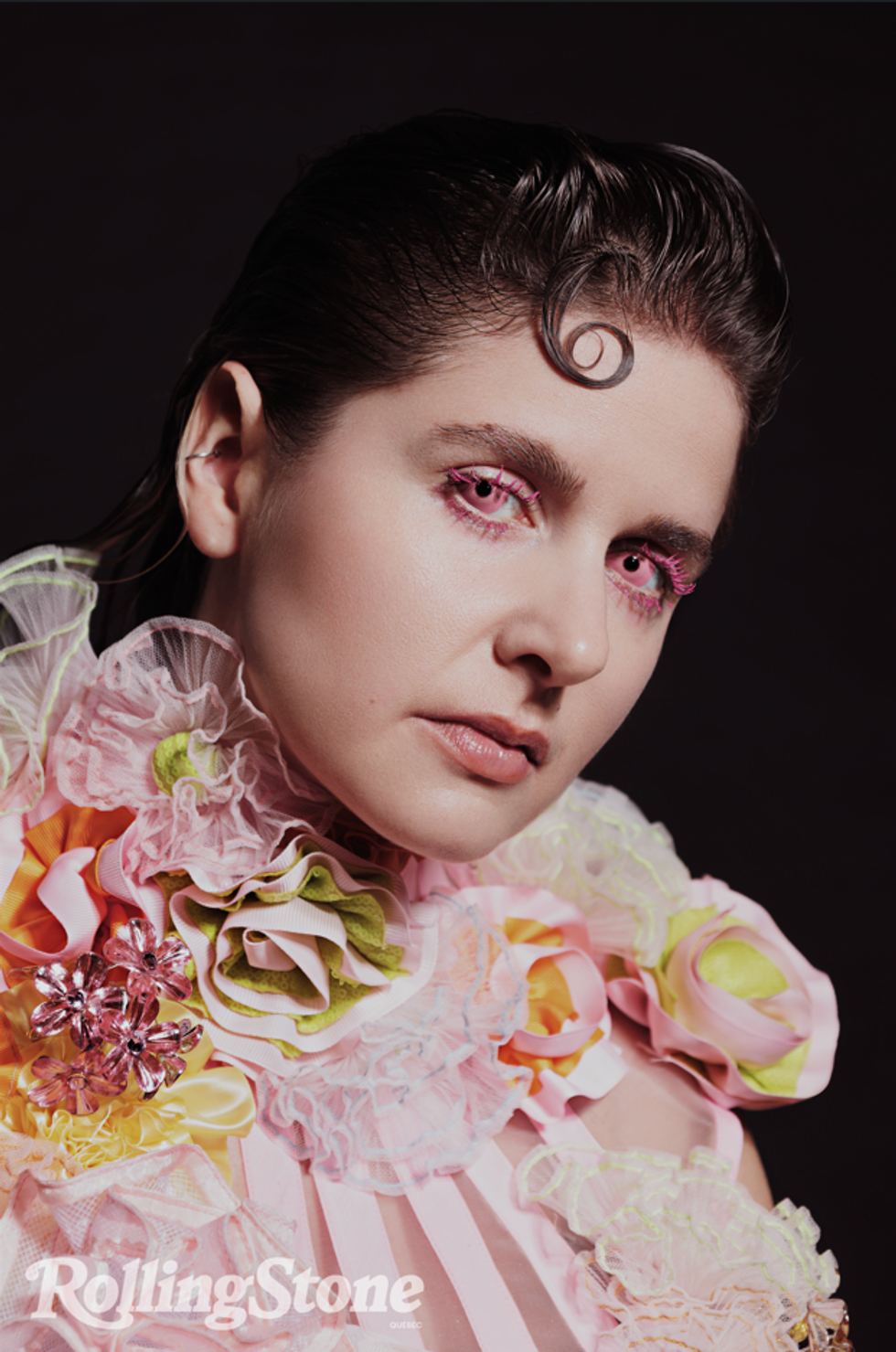 Photo: Raphaëlle Sohier
Photo: Raphaëlle Sohier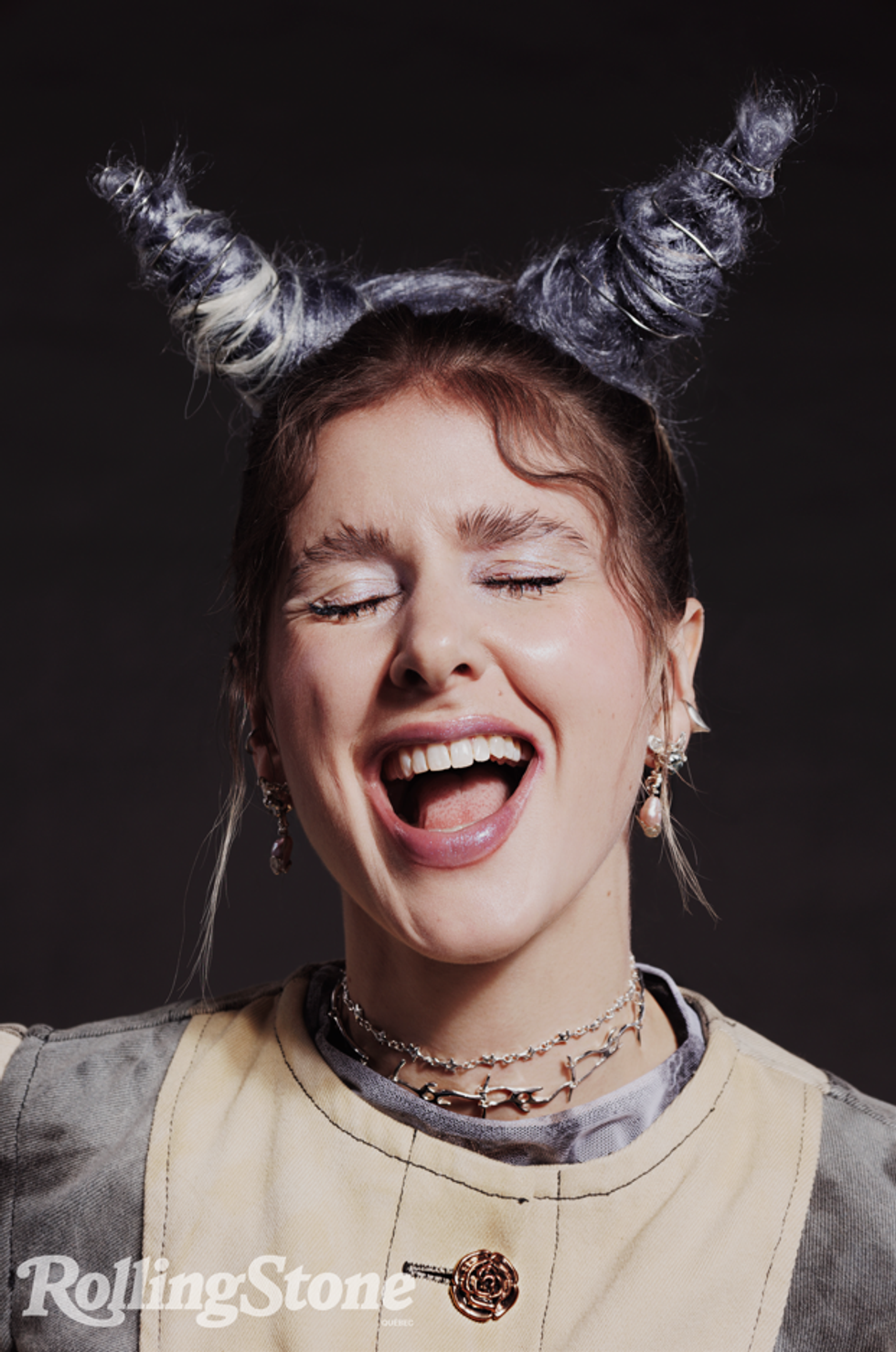 Photo: Raphaëlle Sohier/ Photo production: Bryan Egan/ Blazer:
Photo: Raphaëlle Sohier/ Photo production: Bryan Egan/ Blazer: 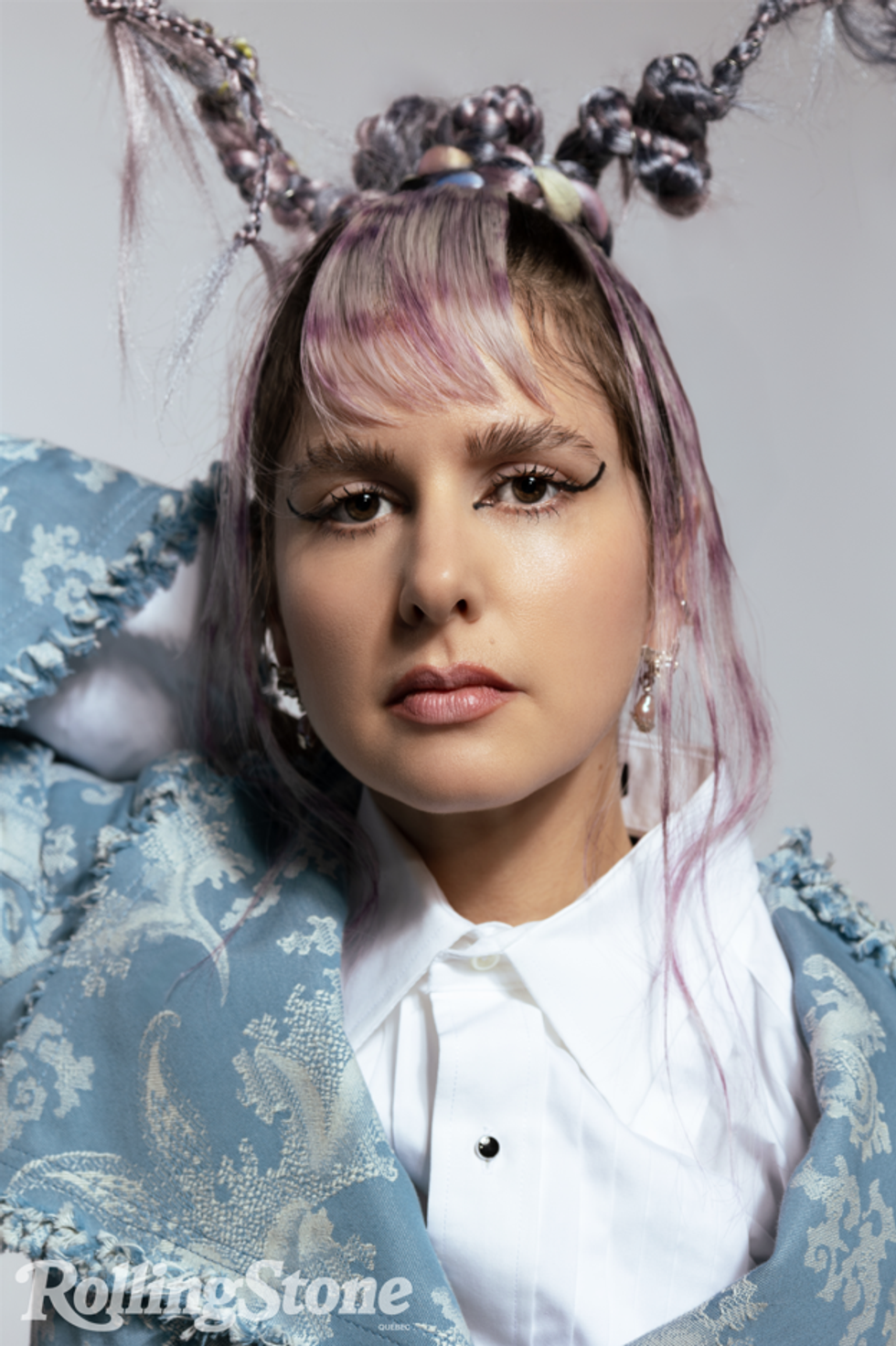 Photo: Raphaëlle Sohier/ Blazer: Vivienne Westwood/ Skirt :
Photo: Raphaëlle Sohier/ Blazer: Vivienne Westwood/ Skirt : 